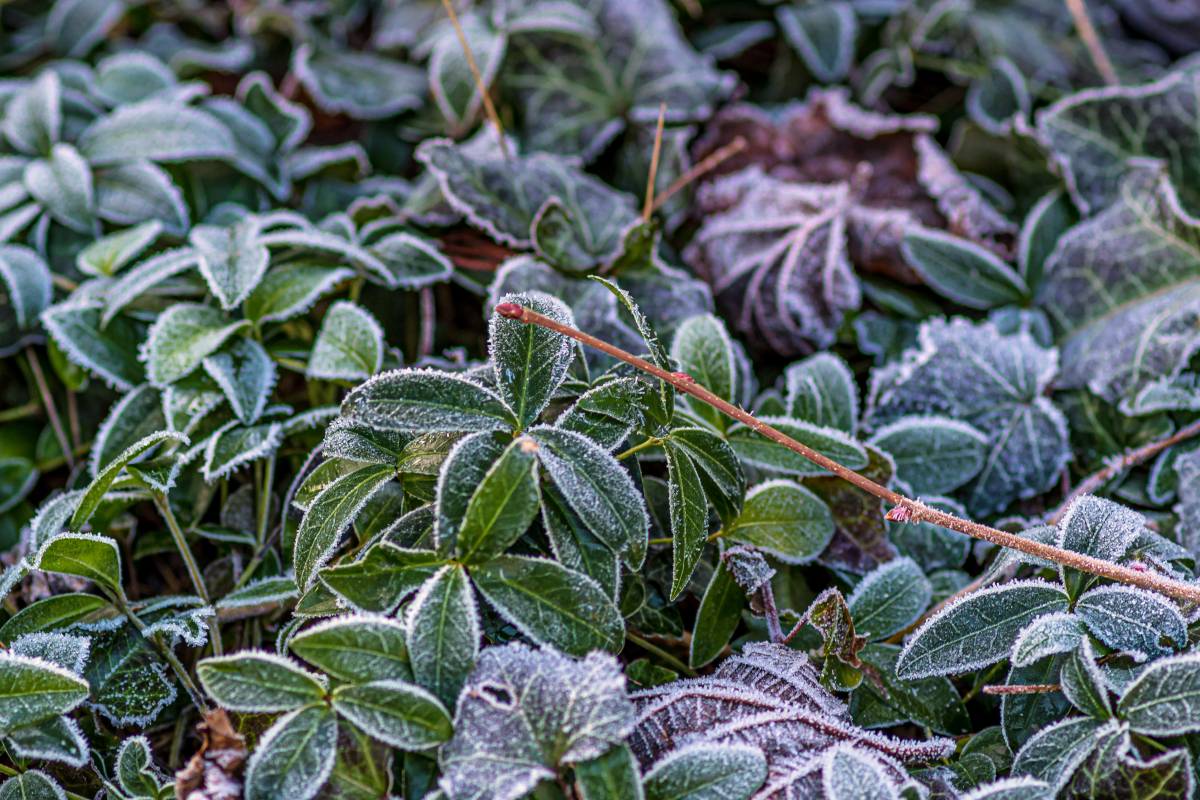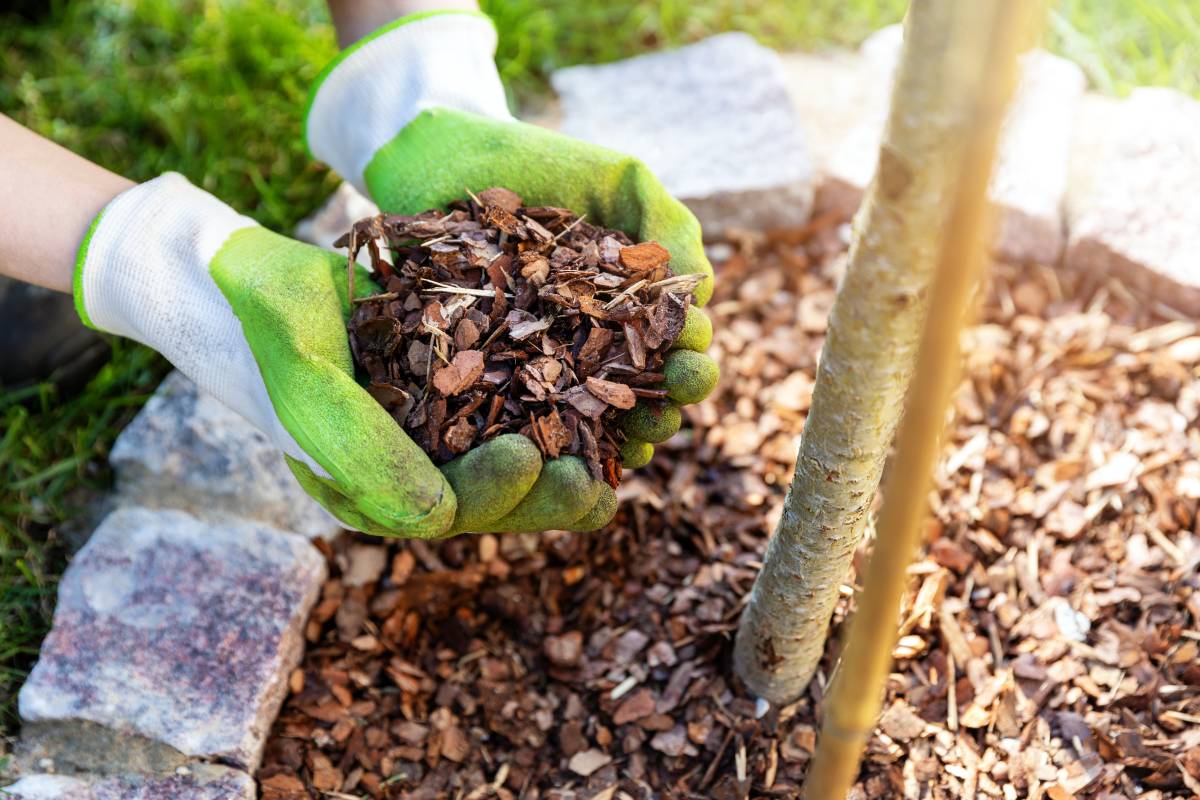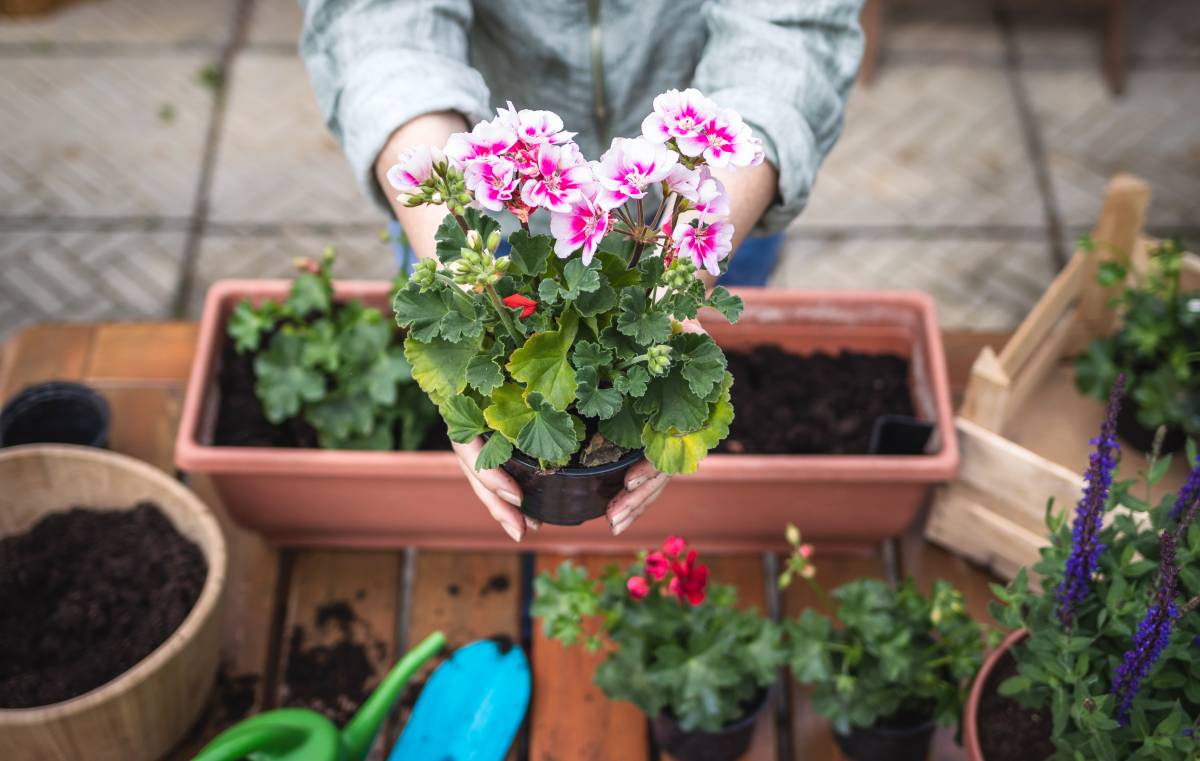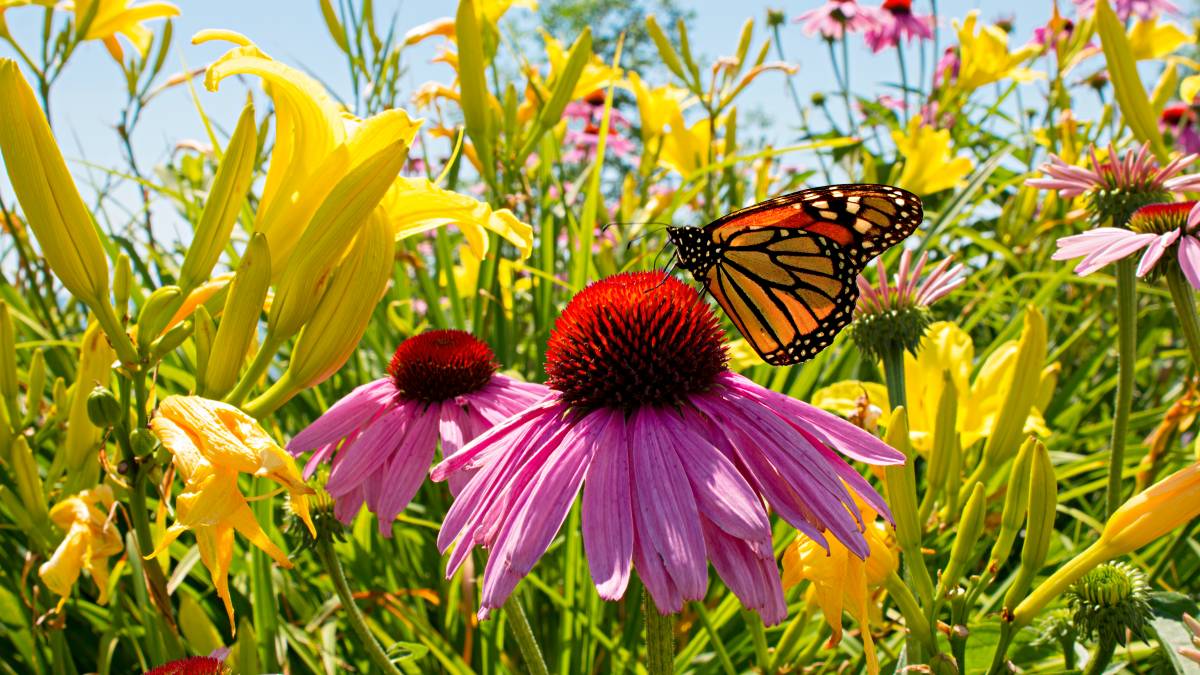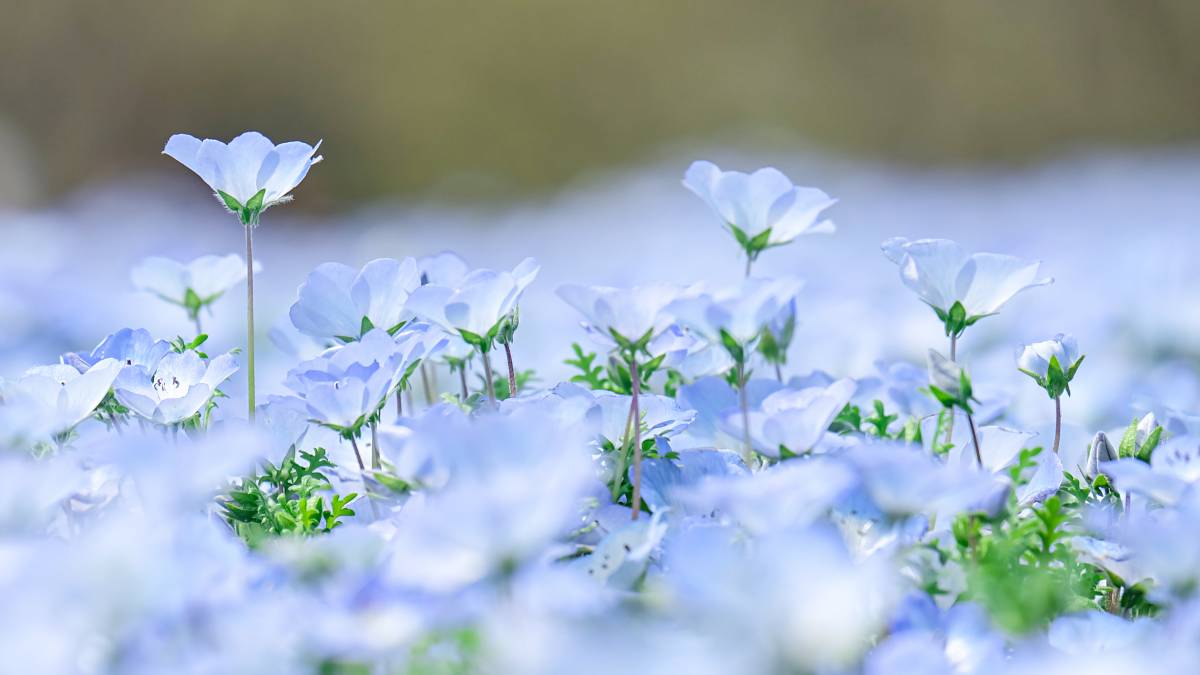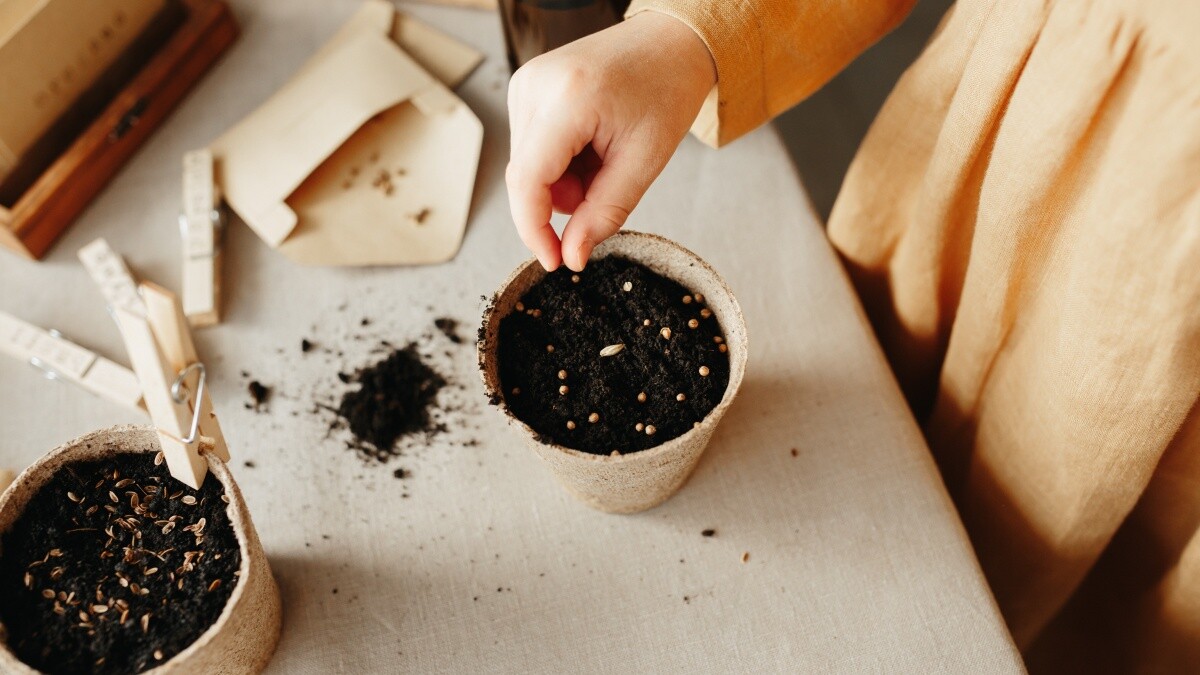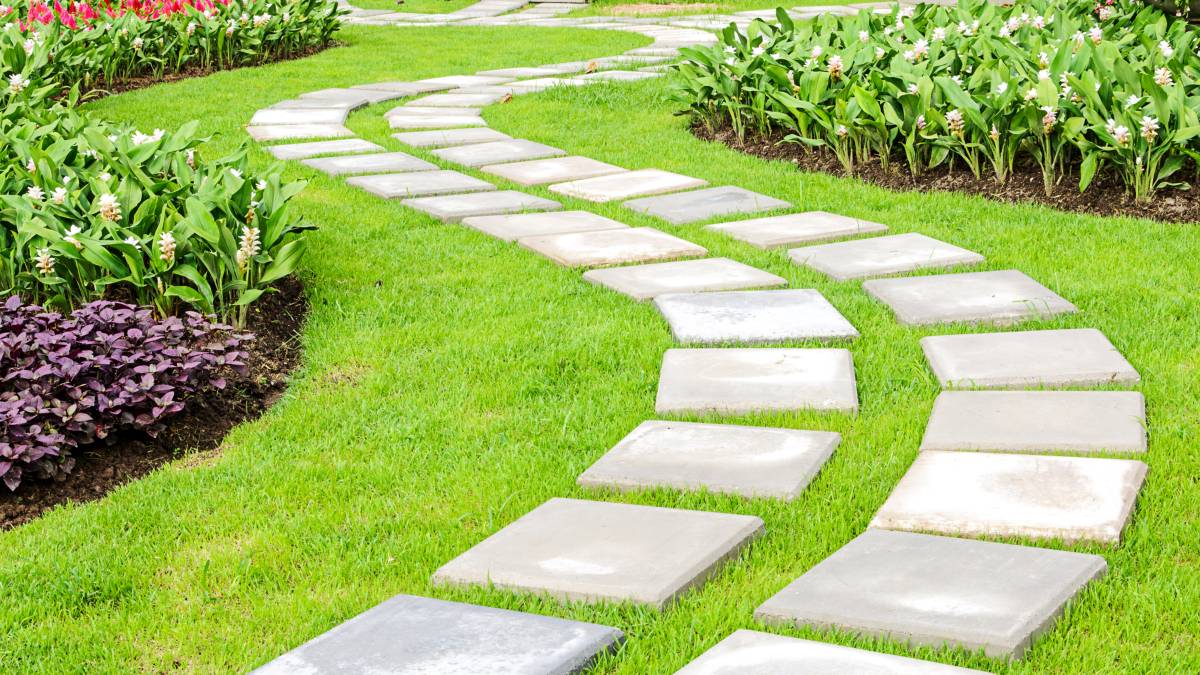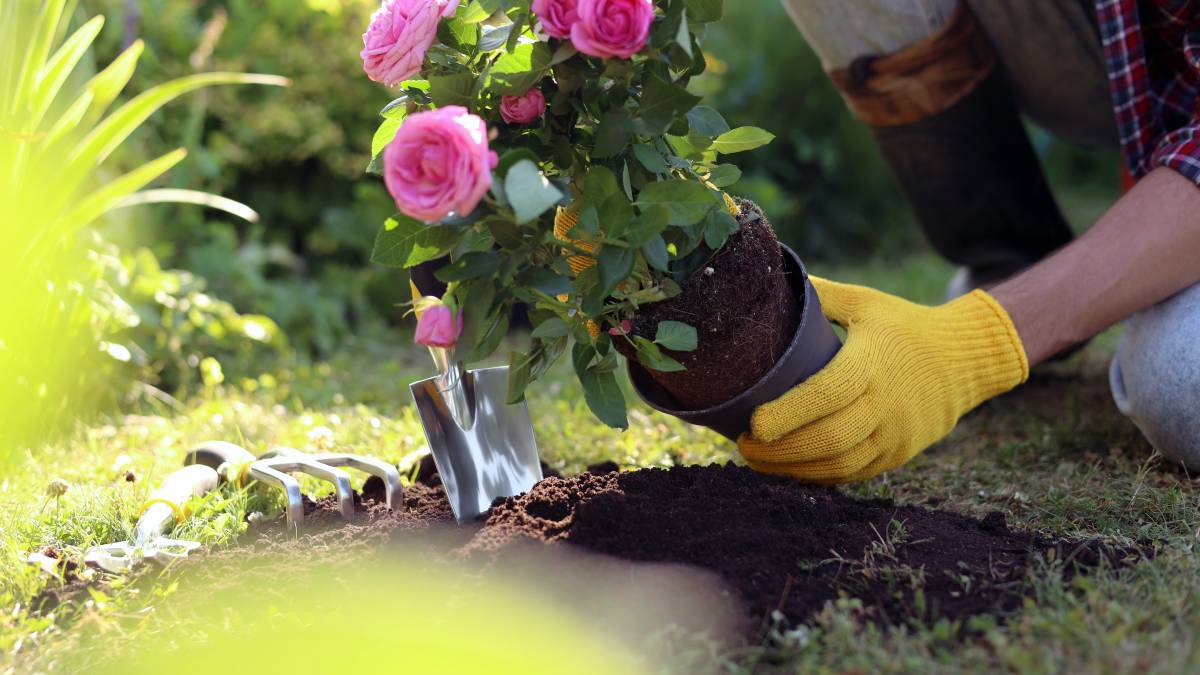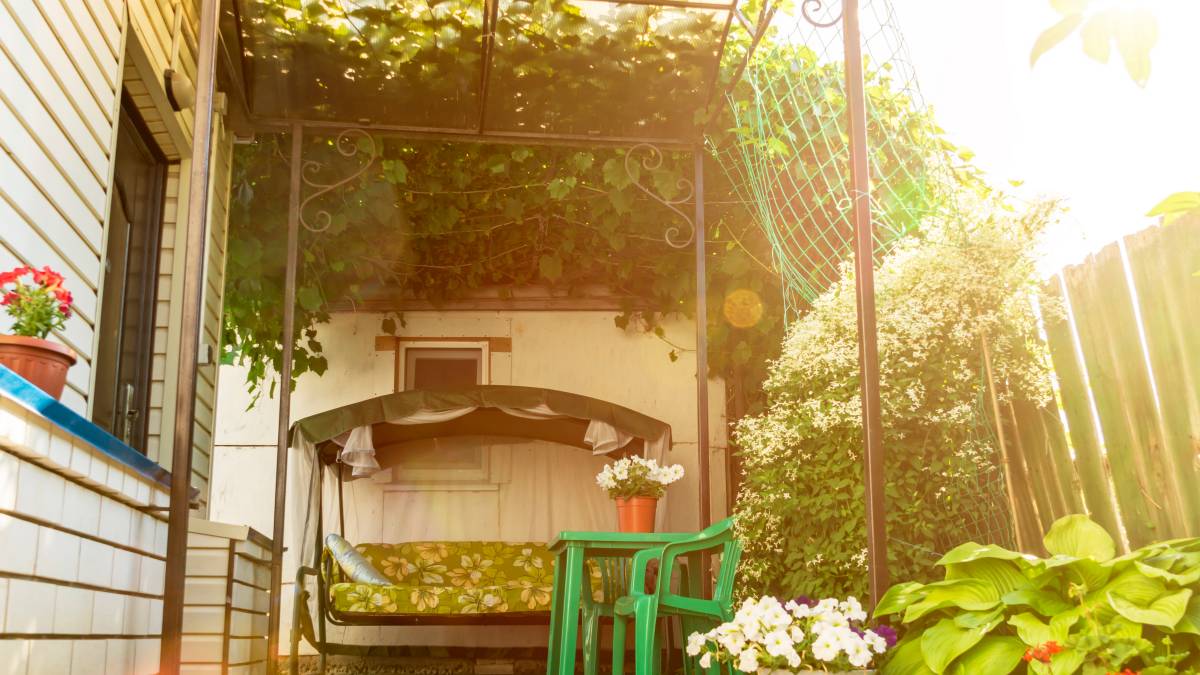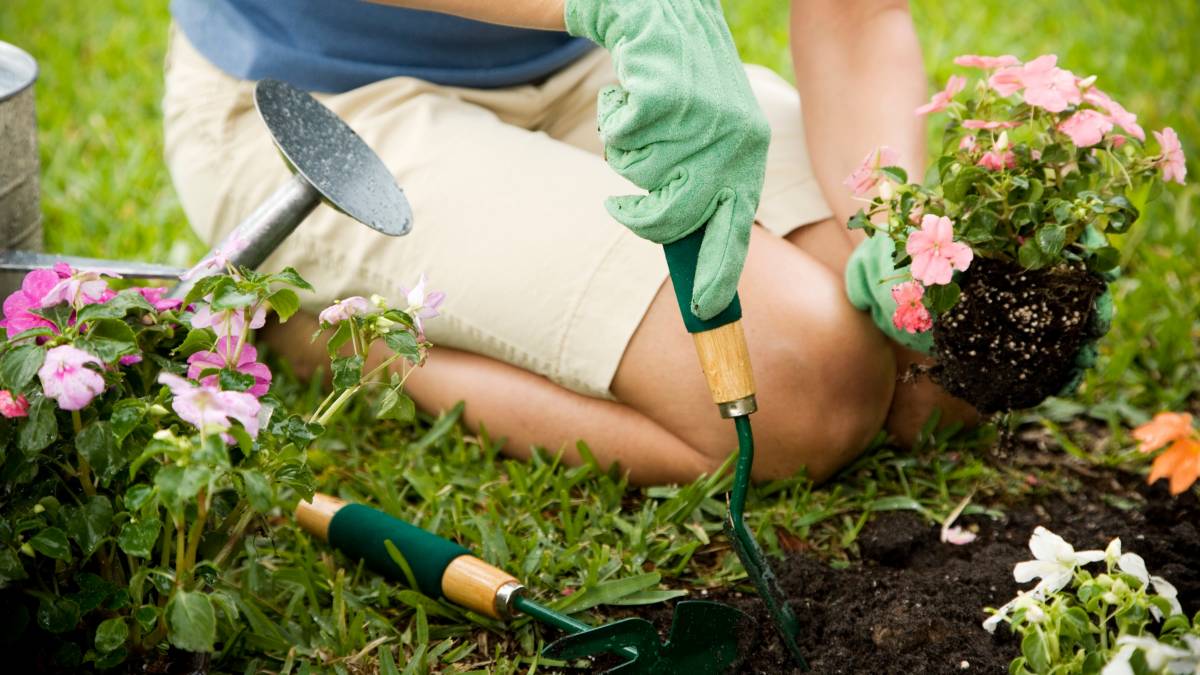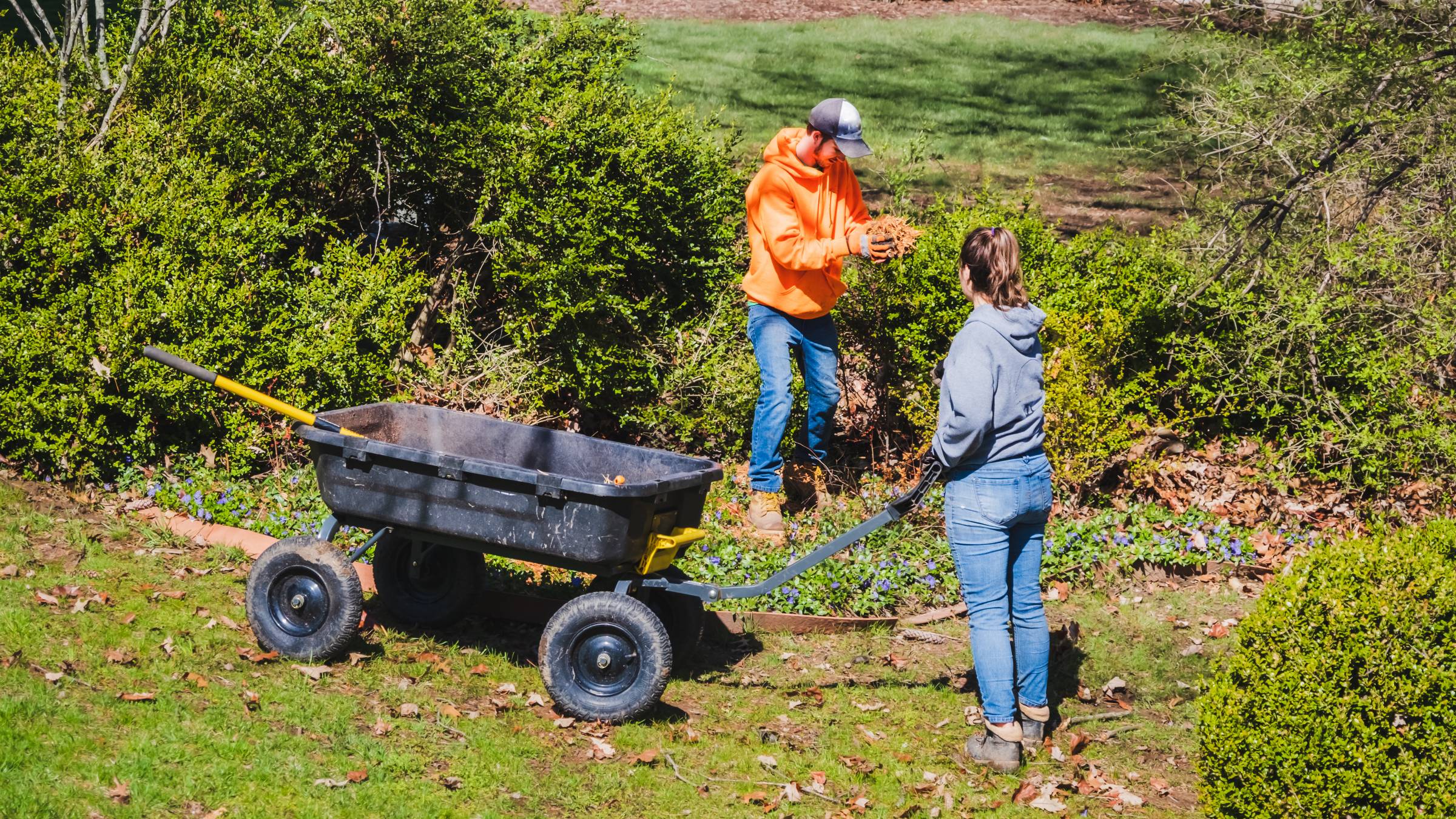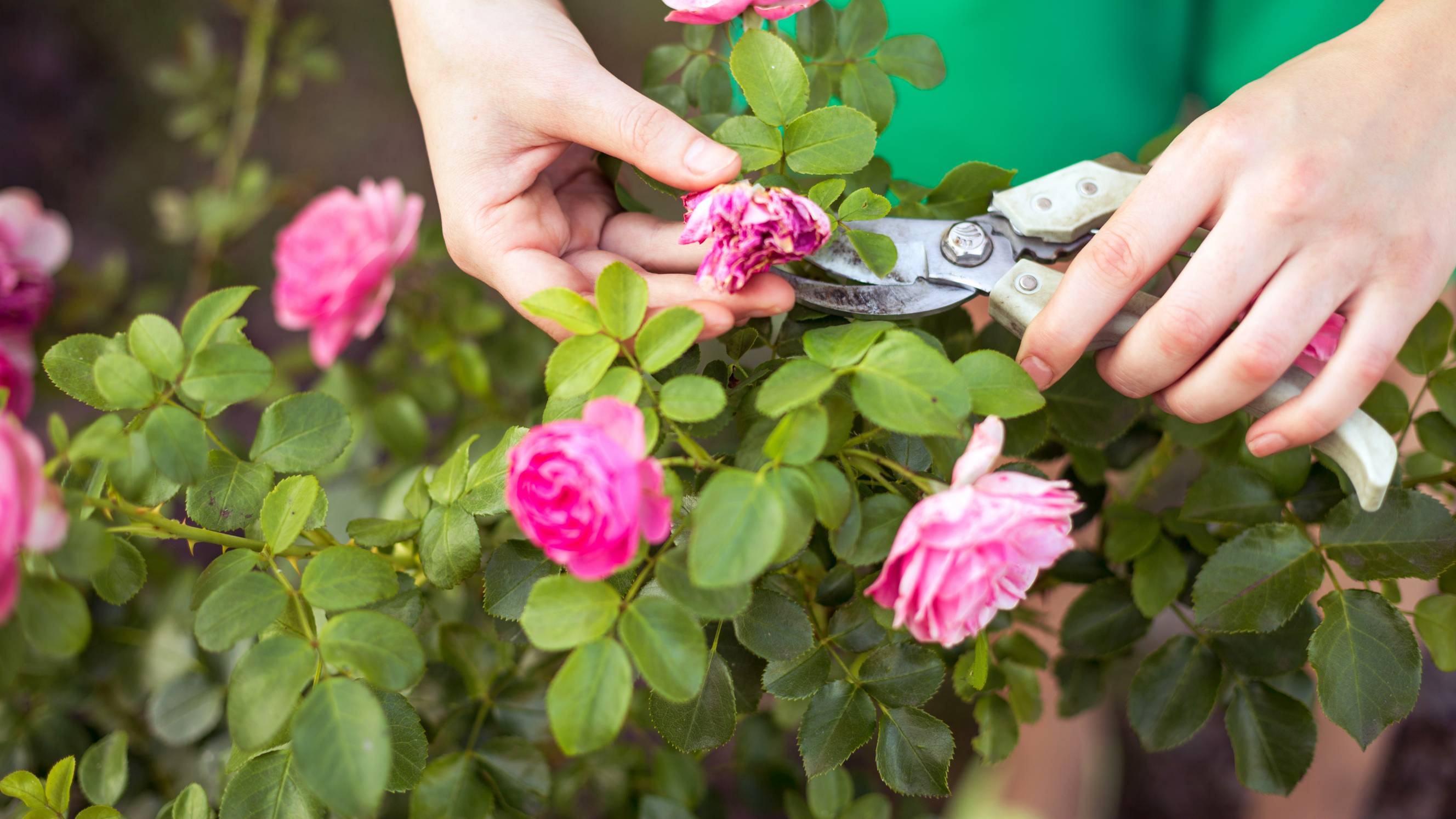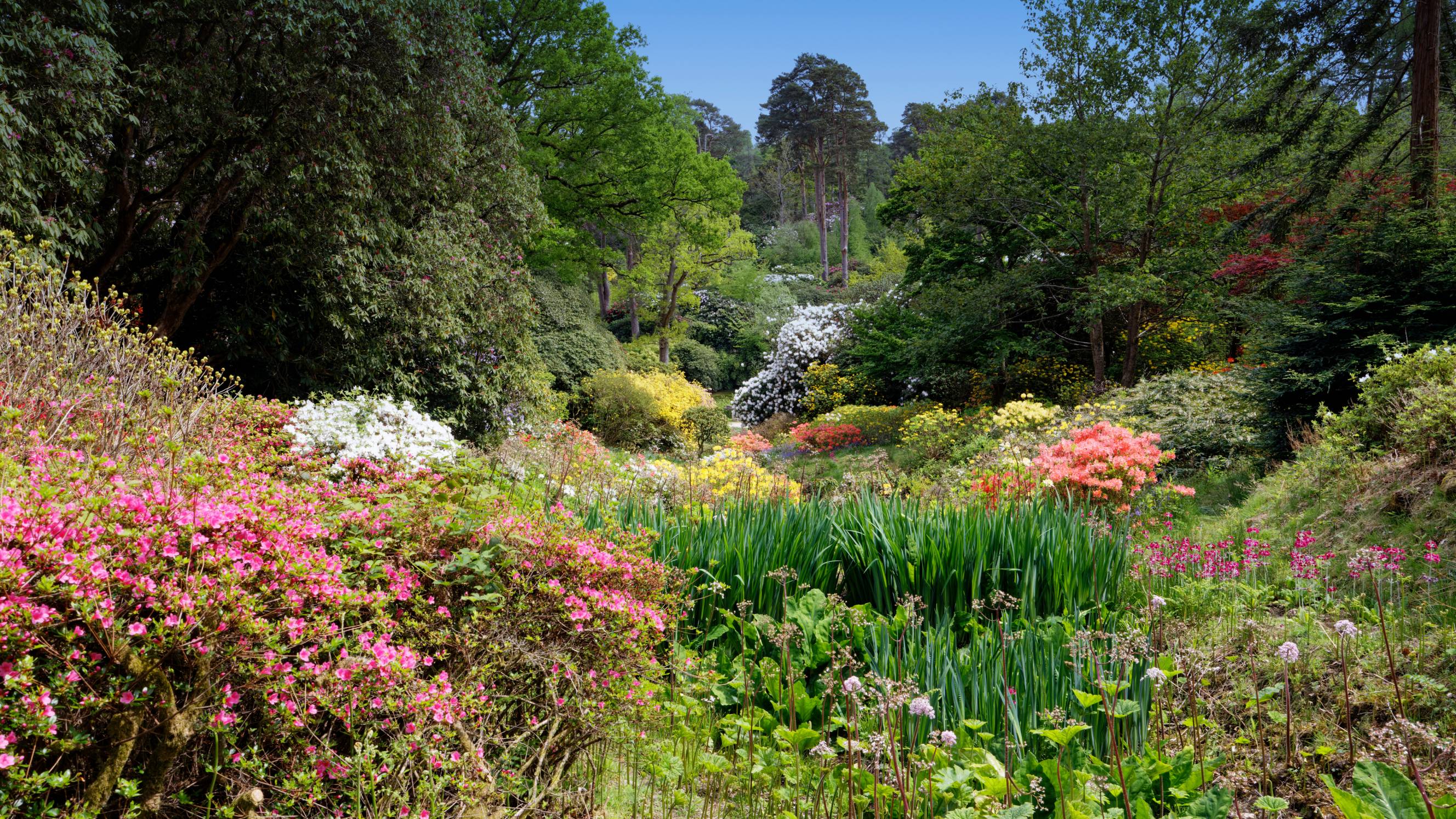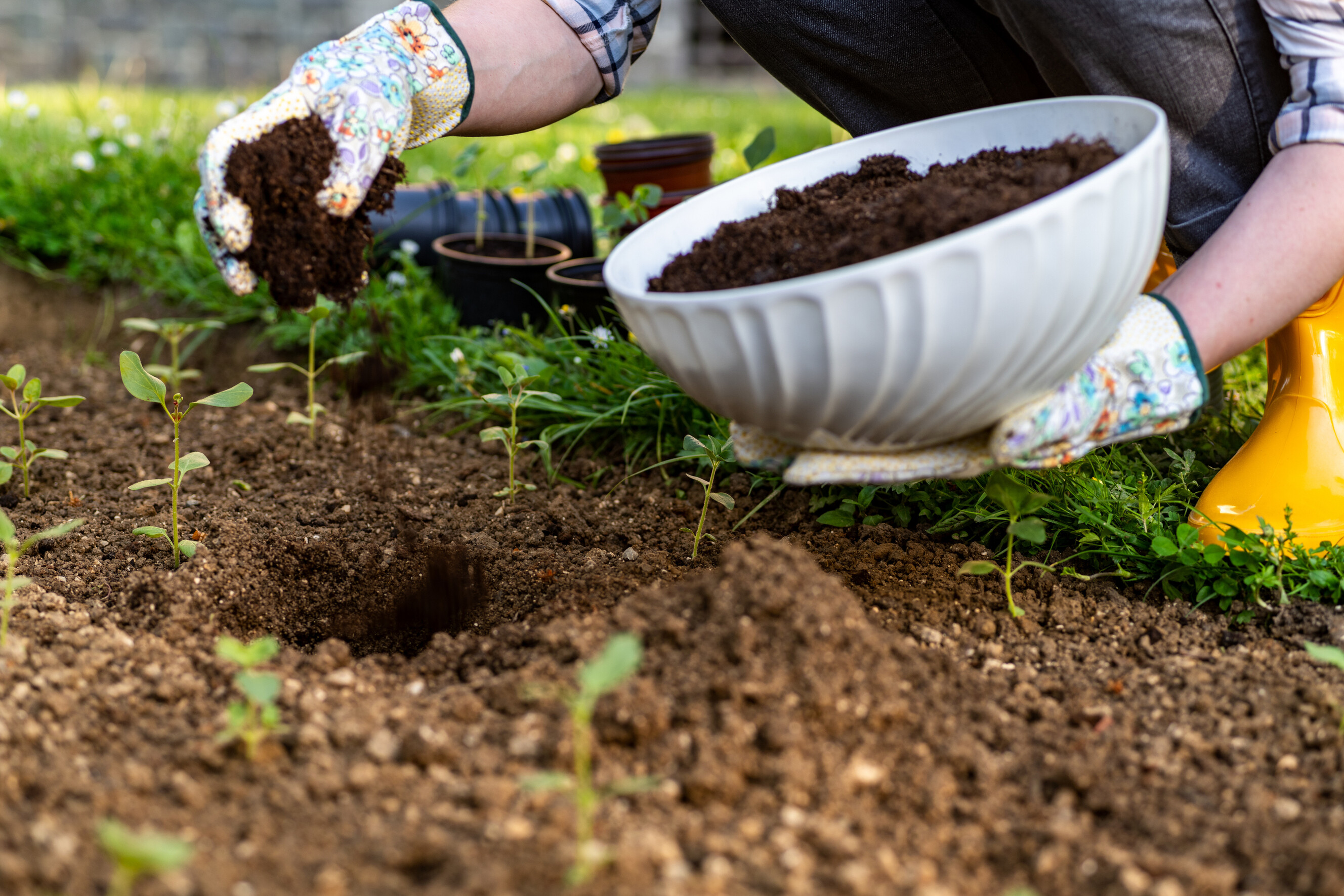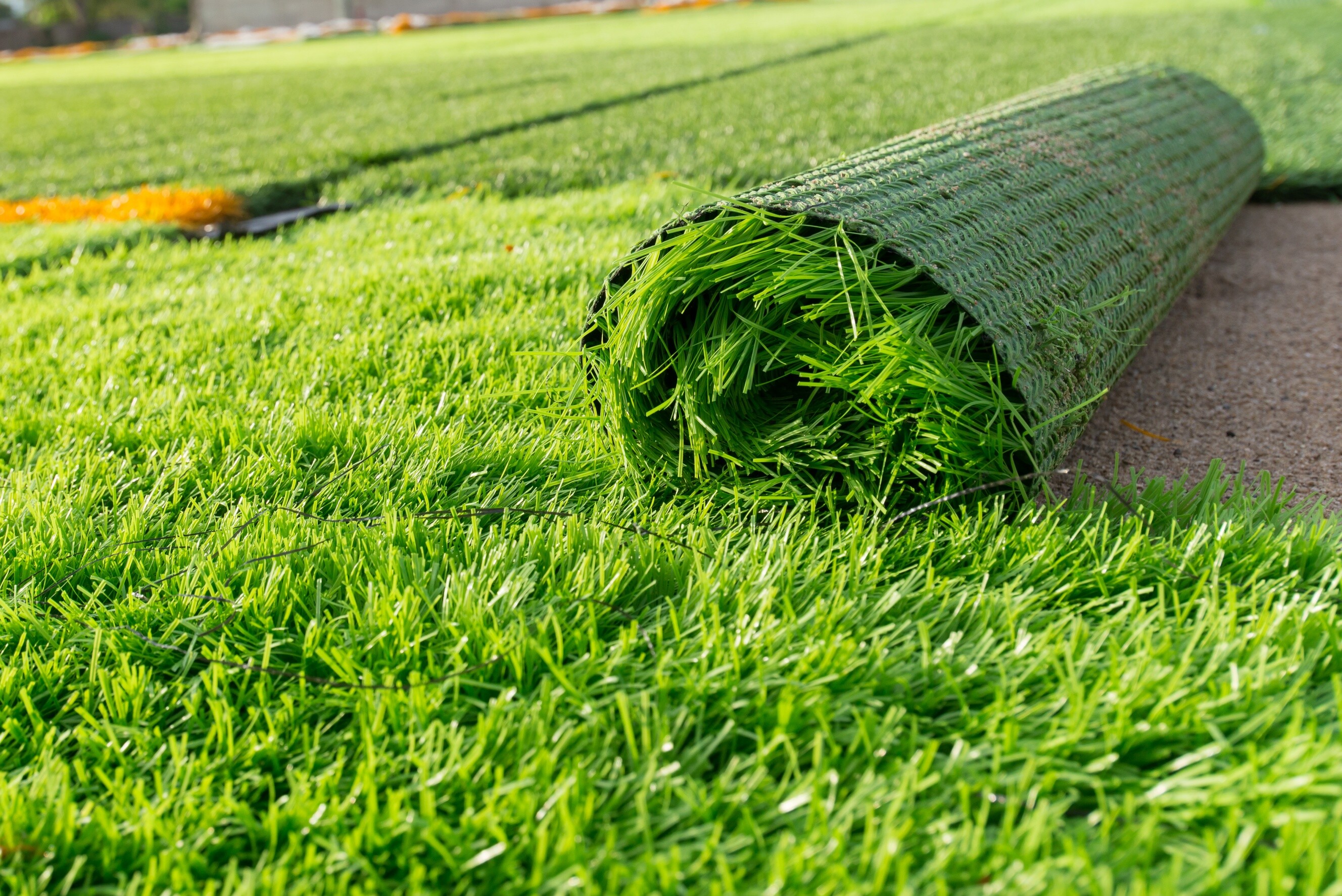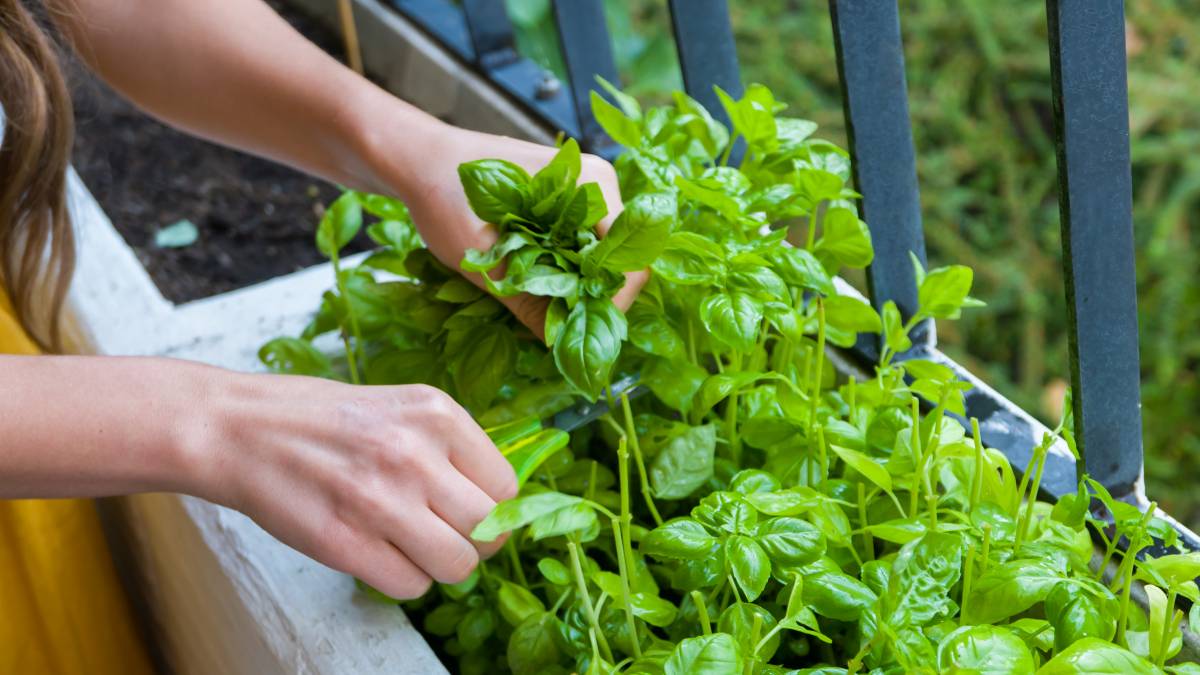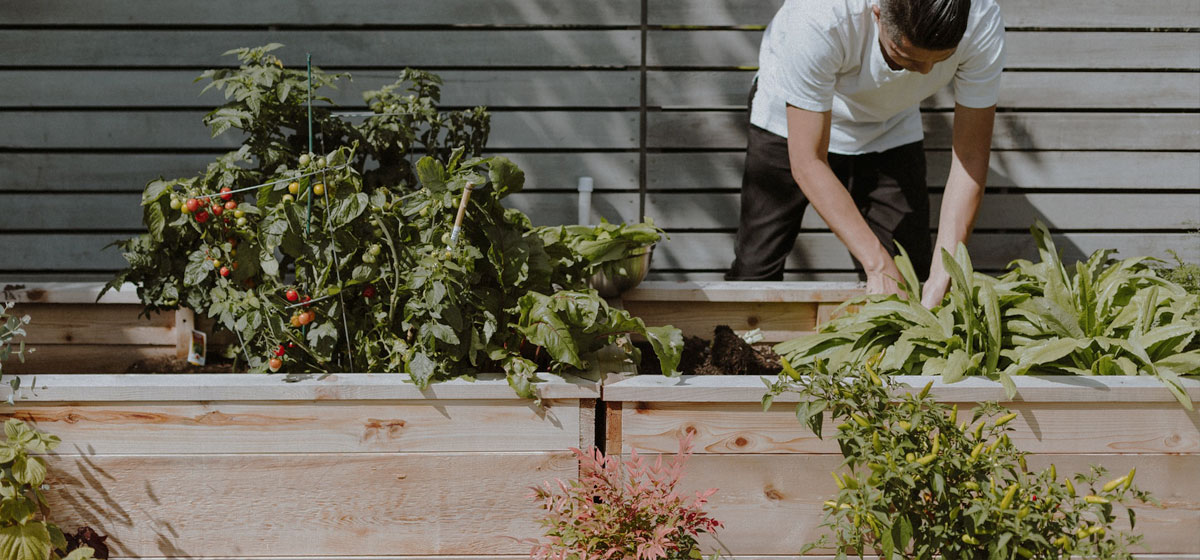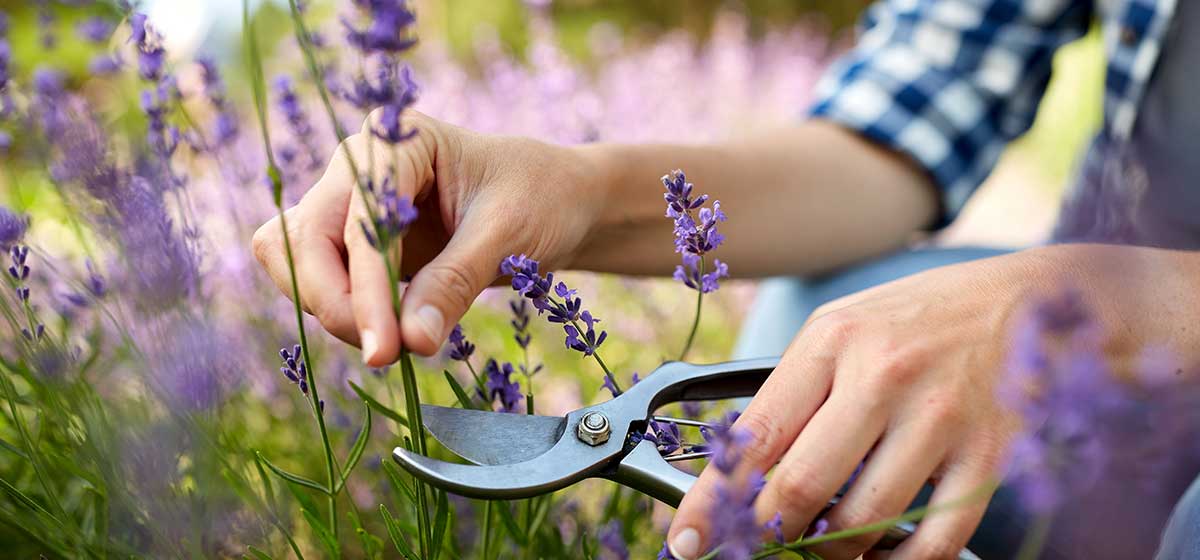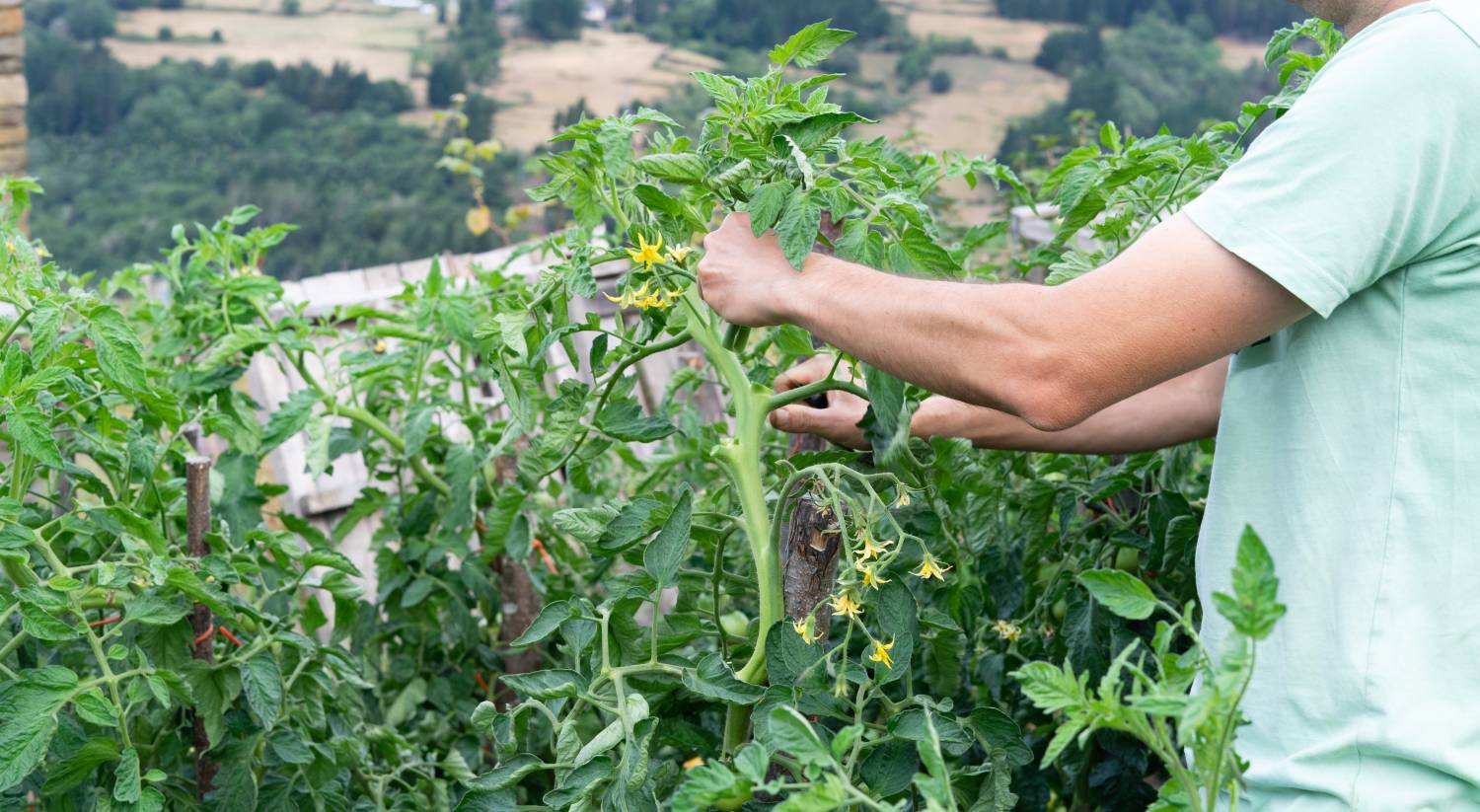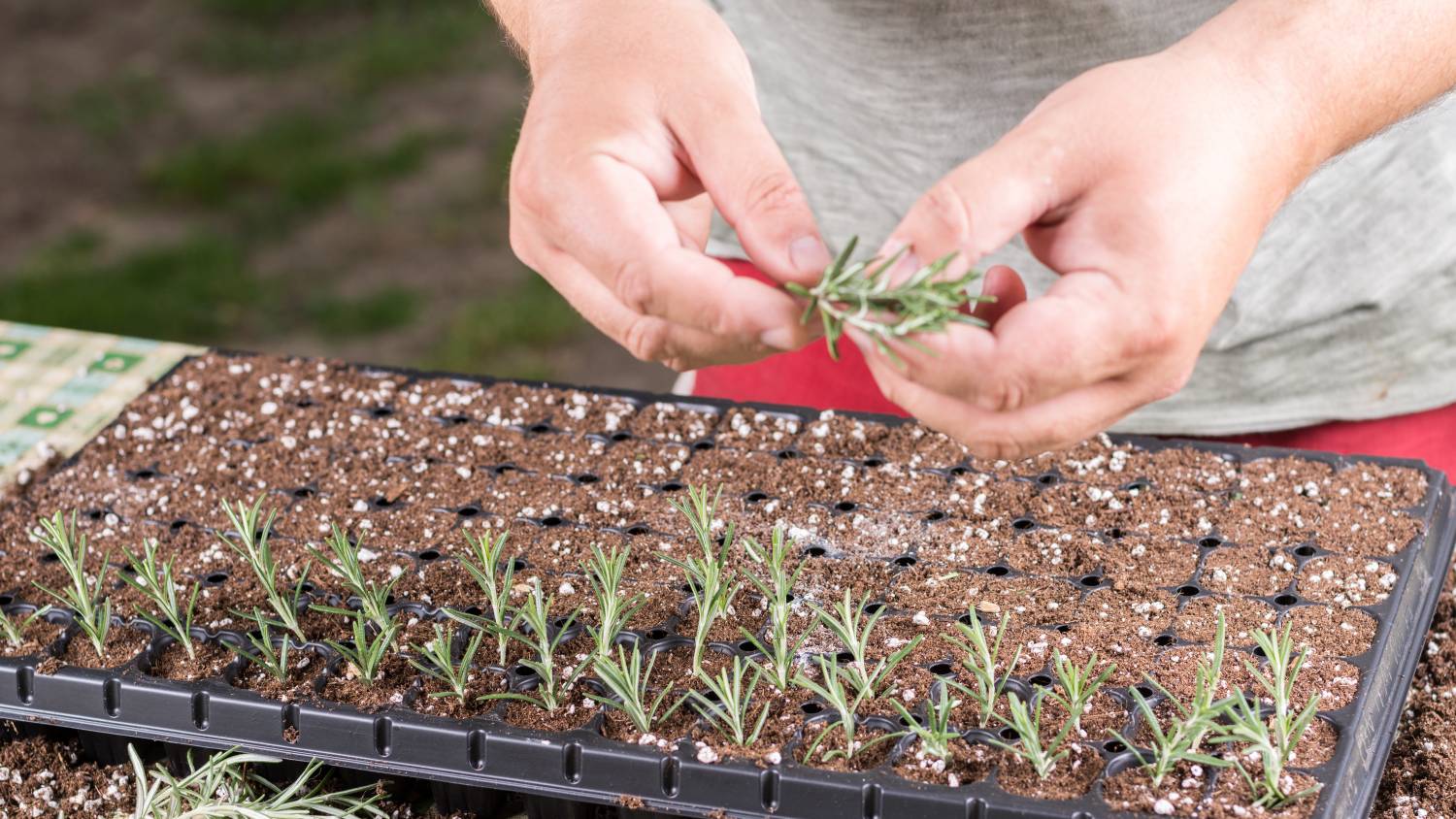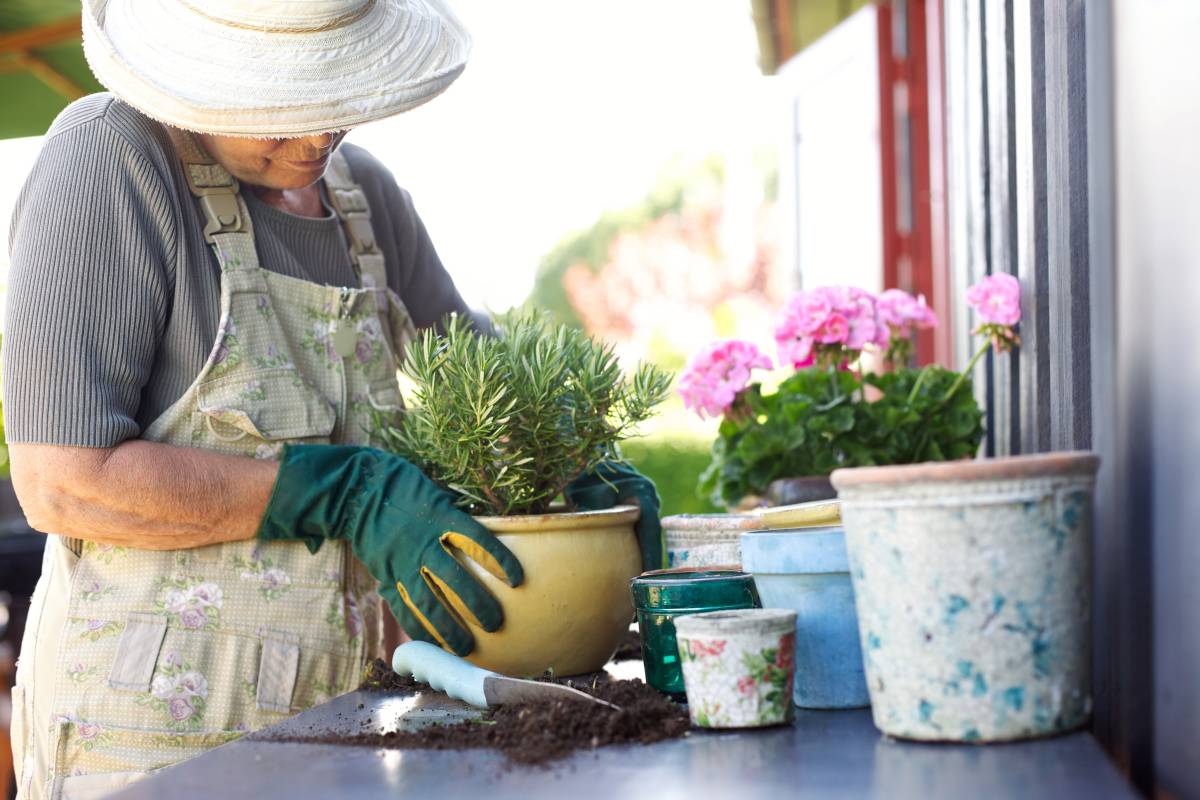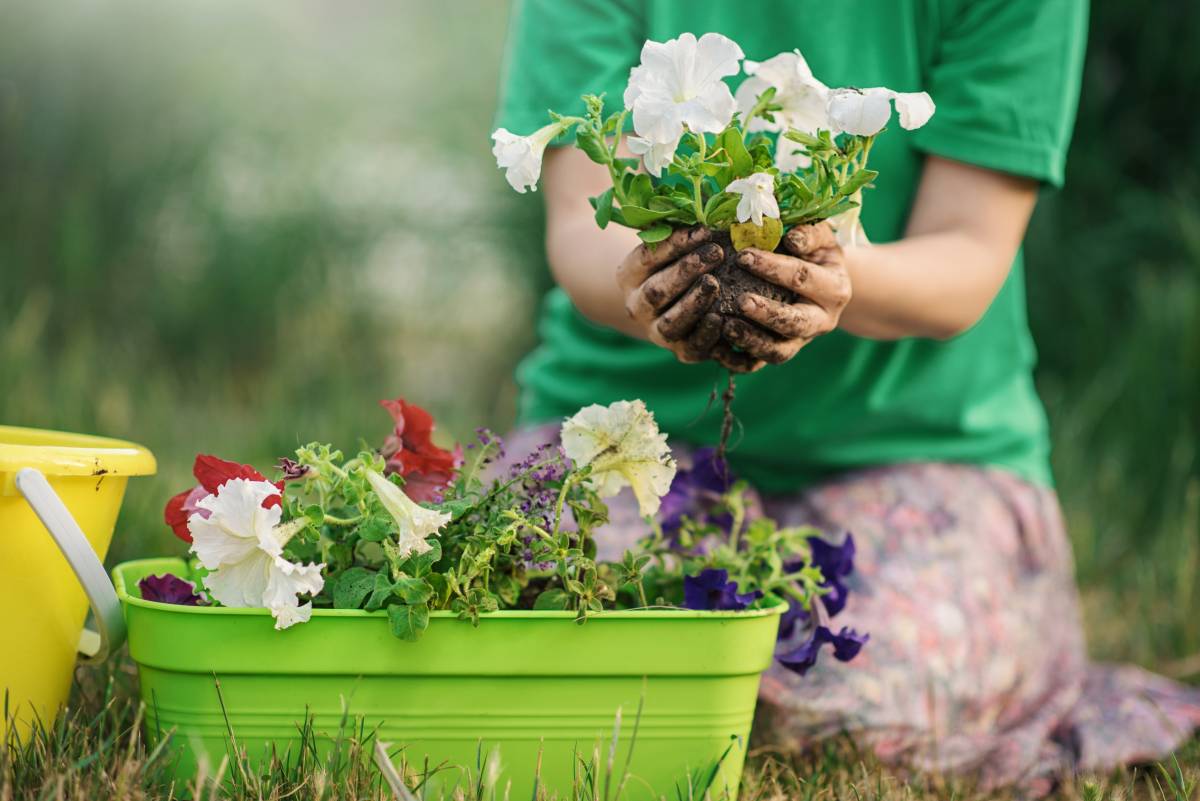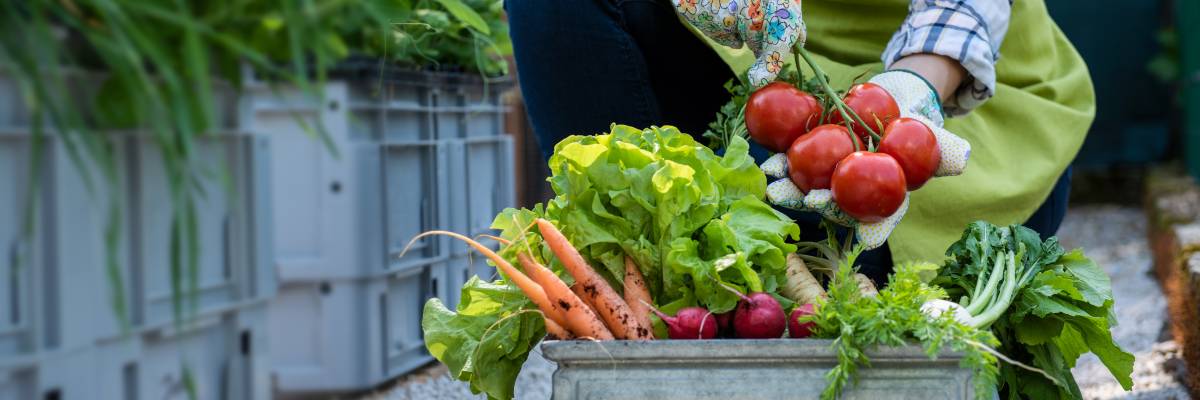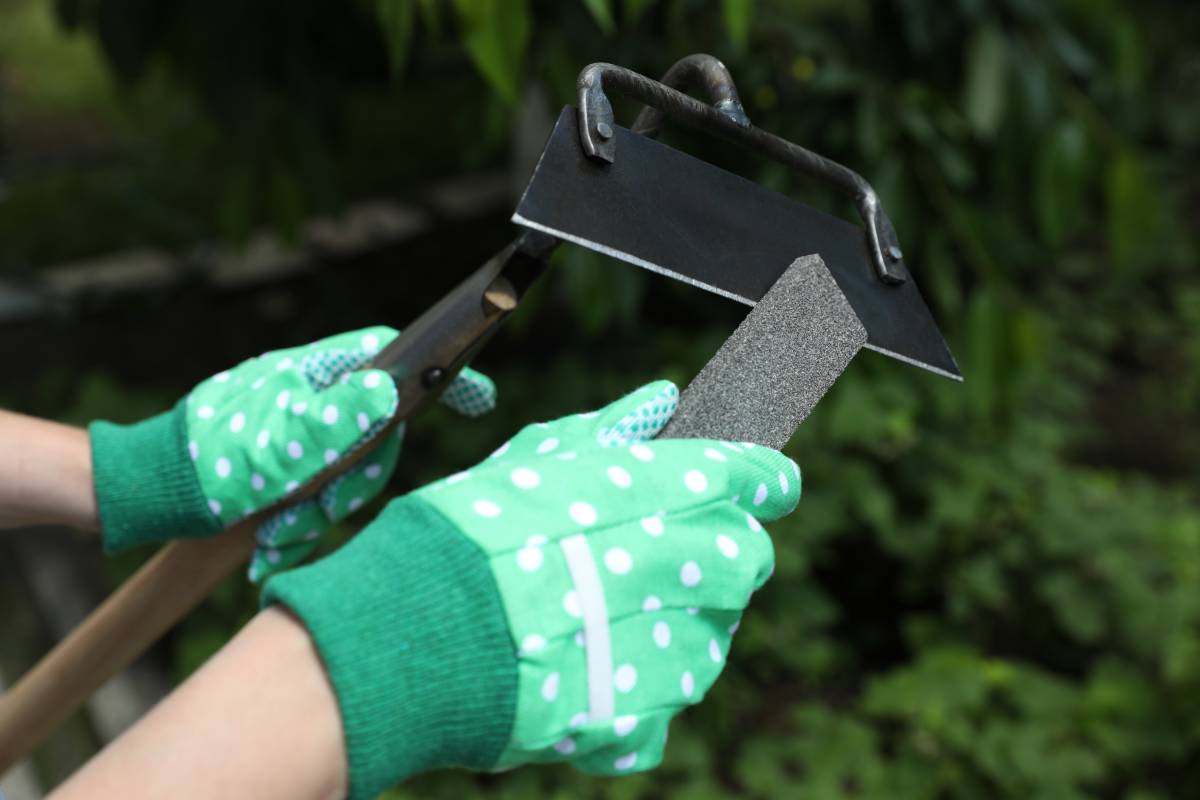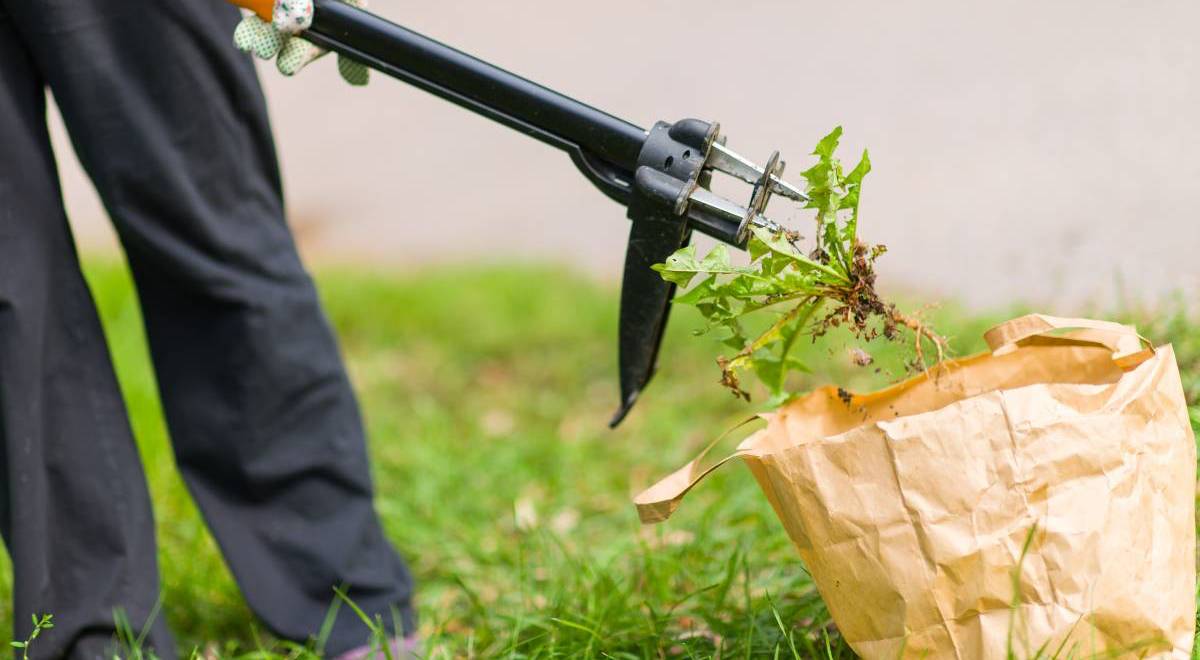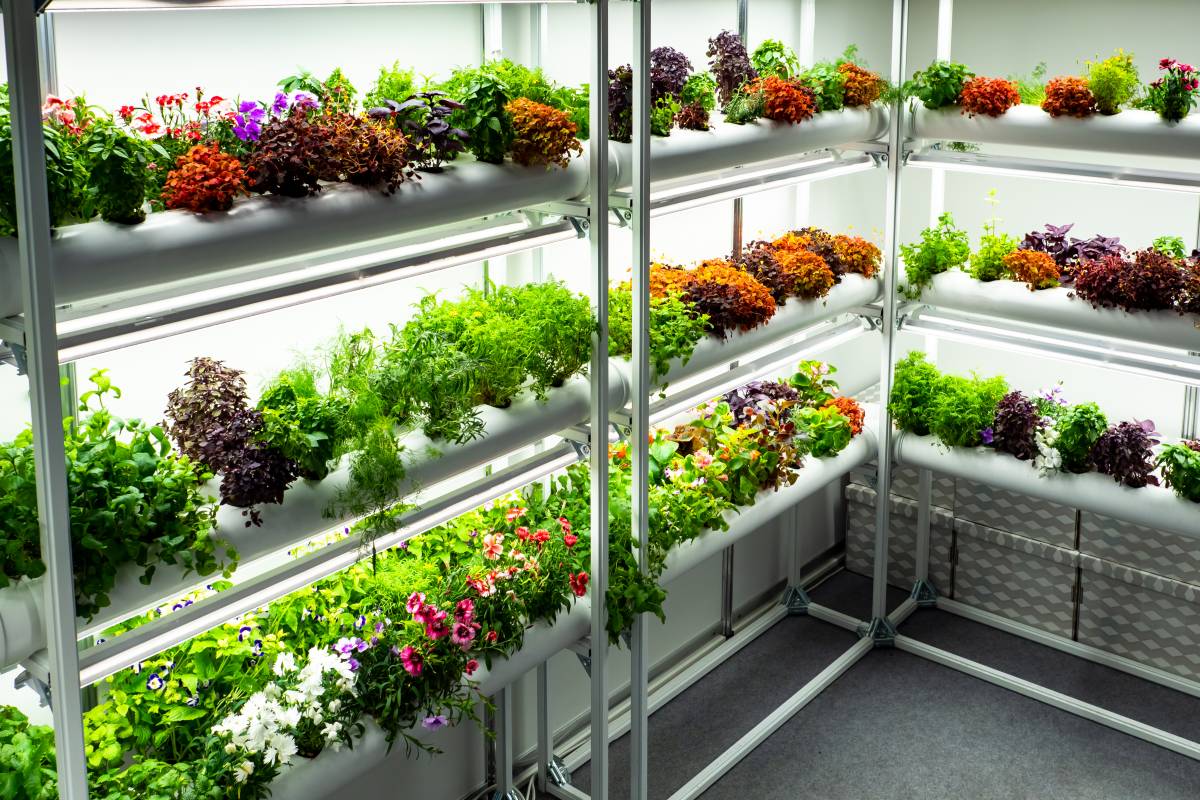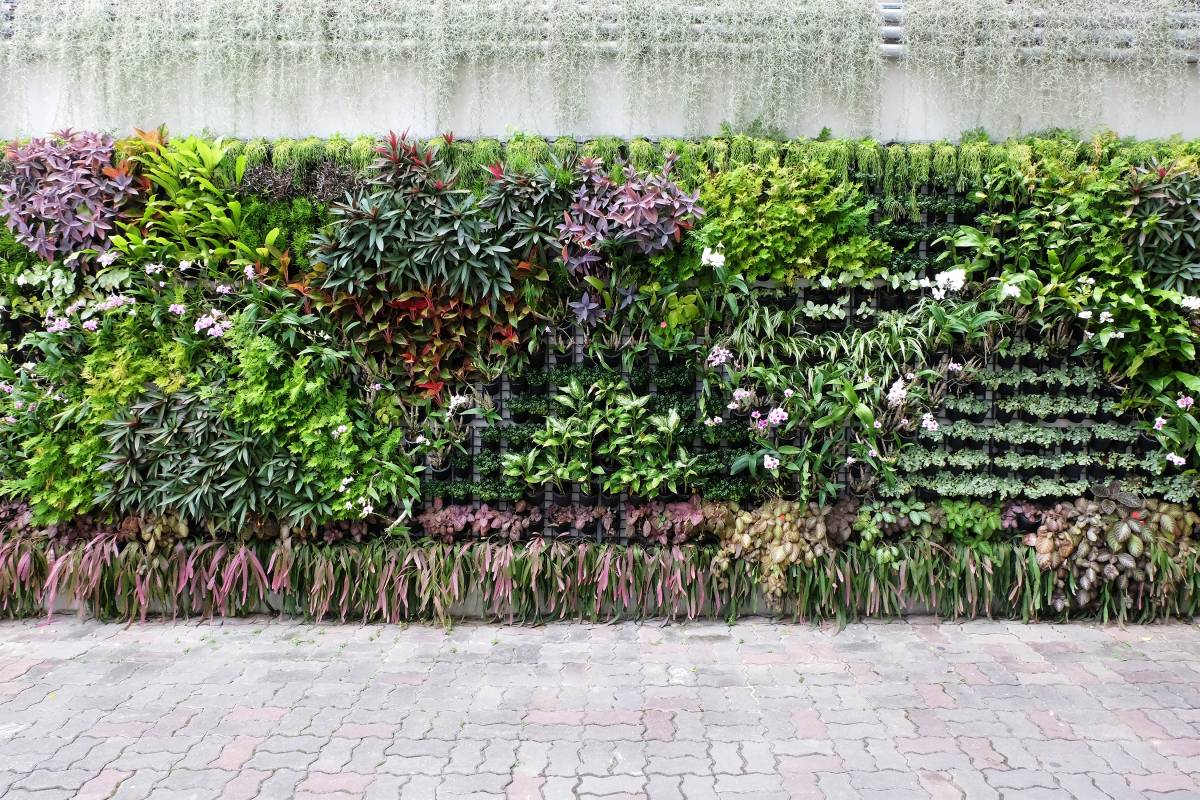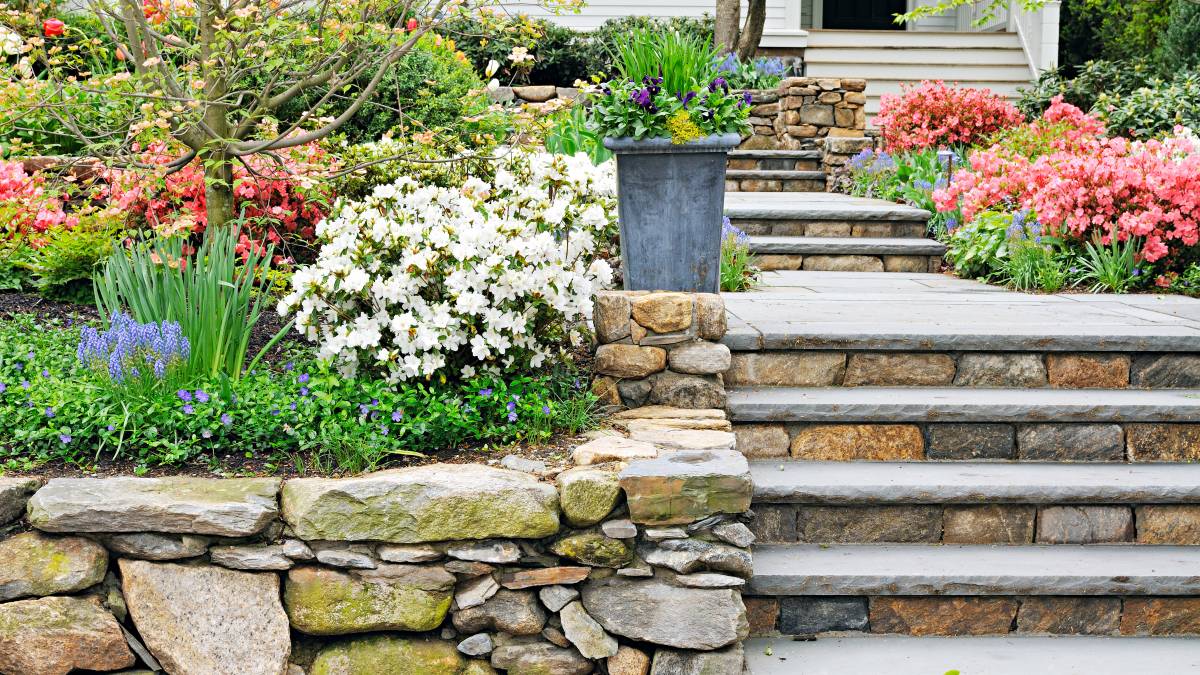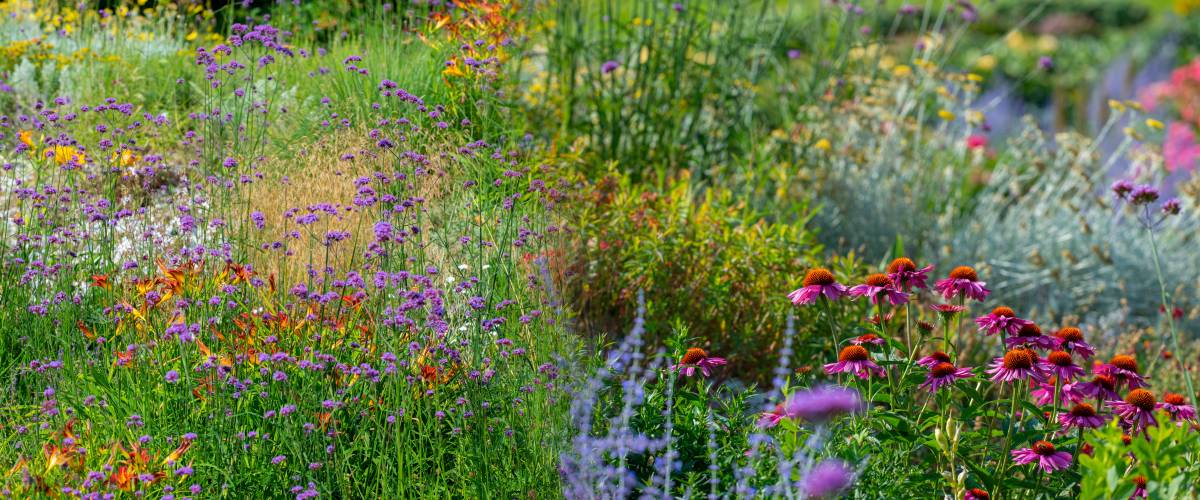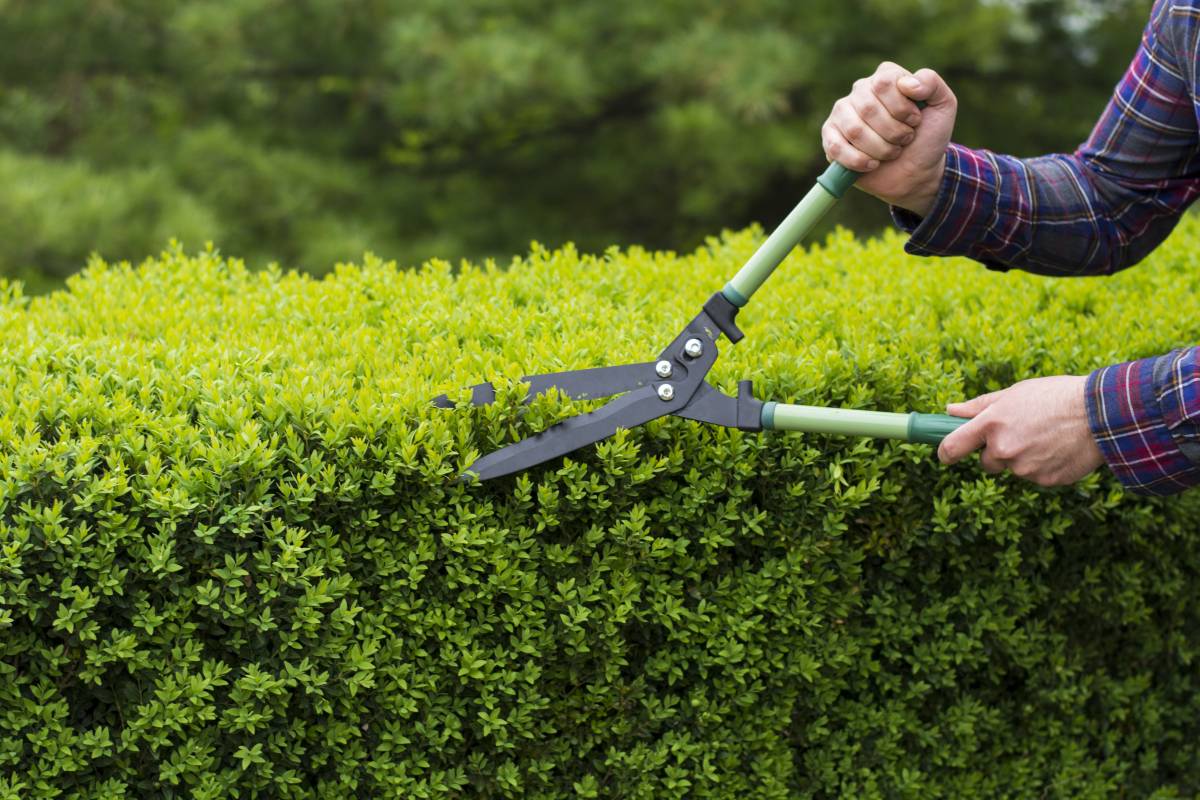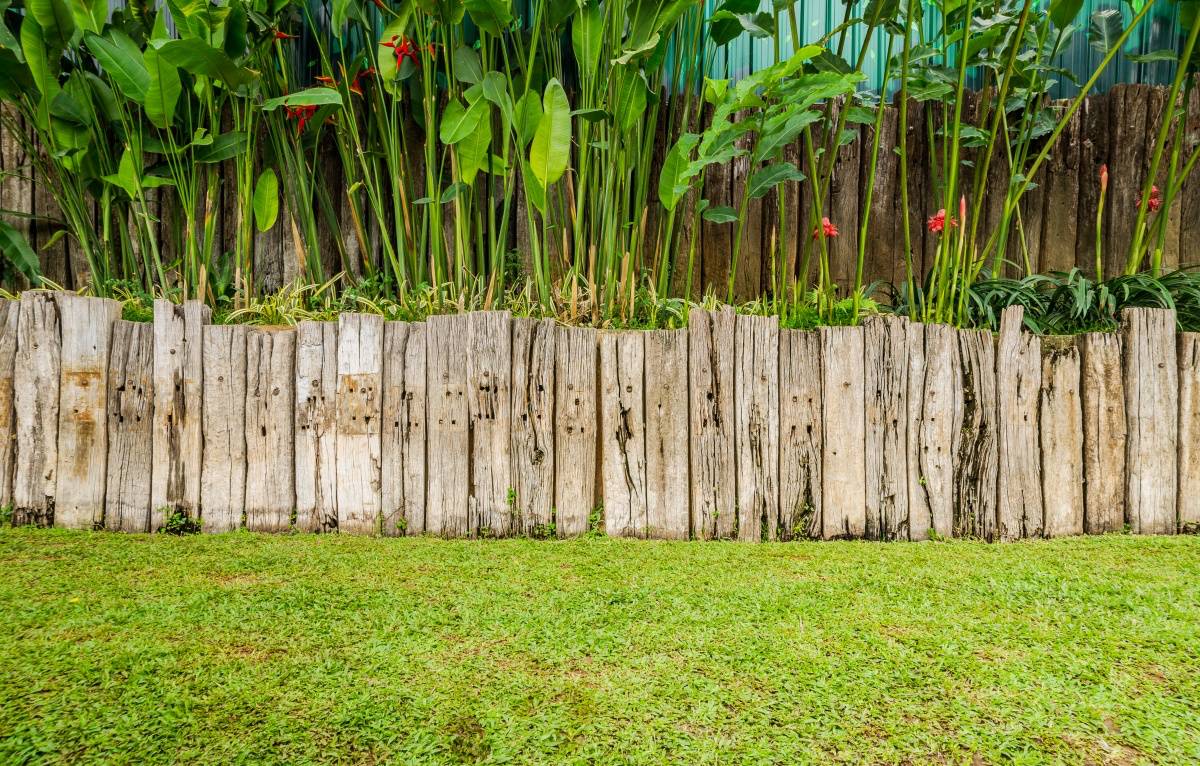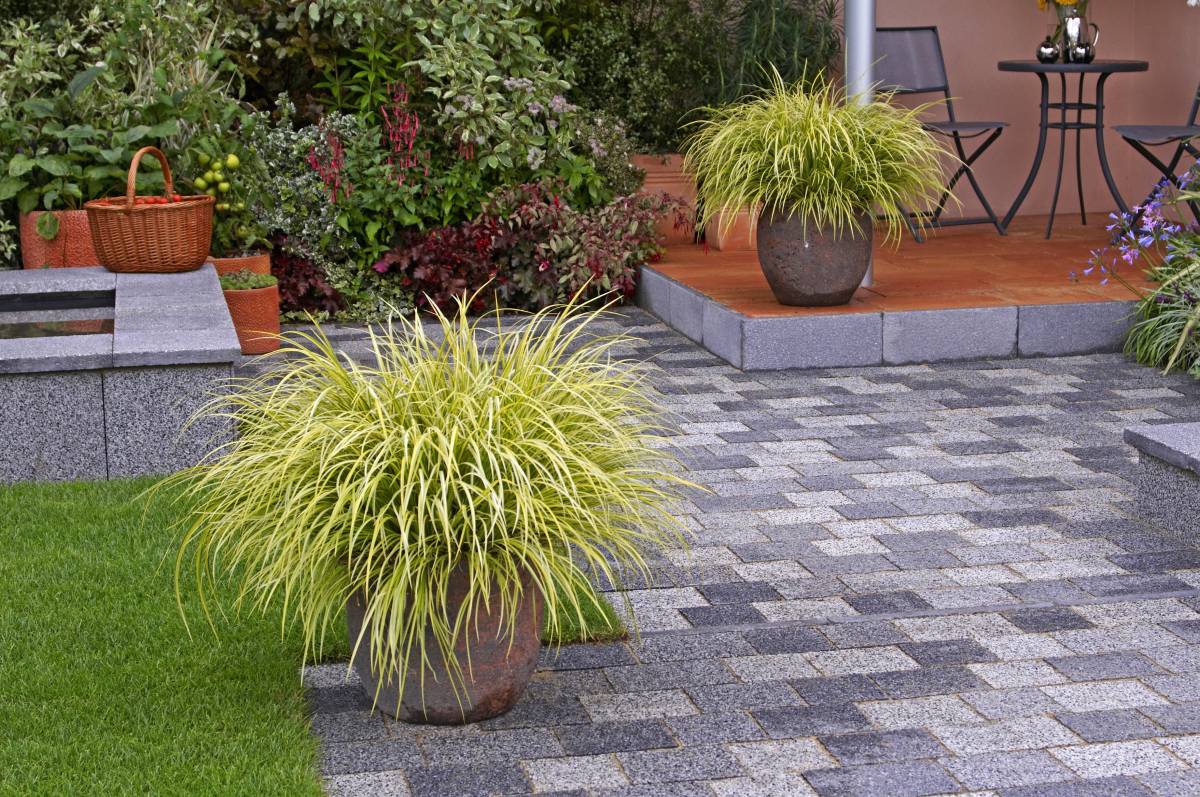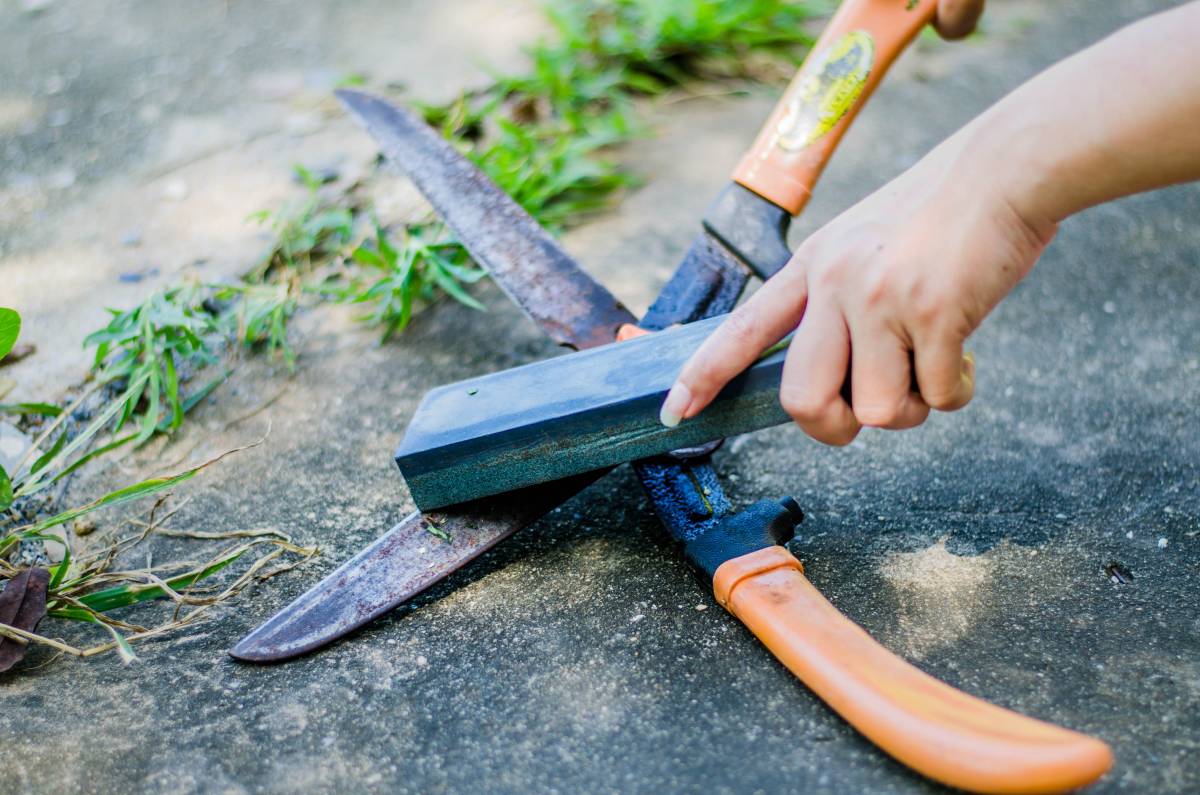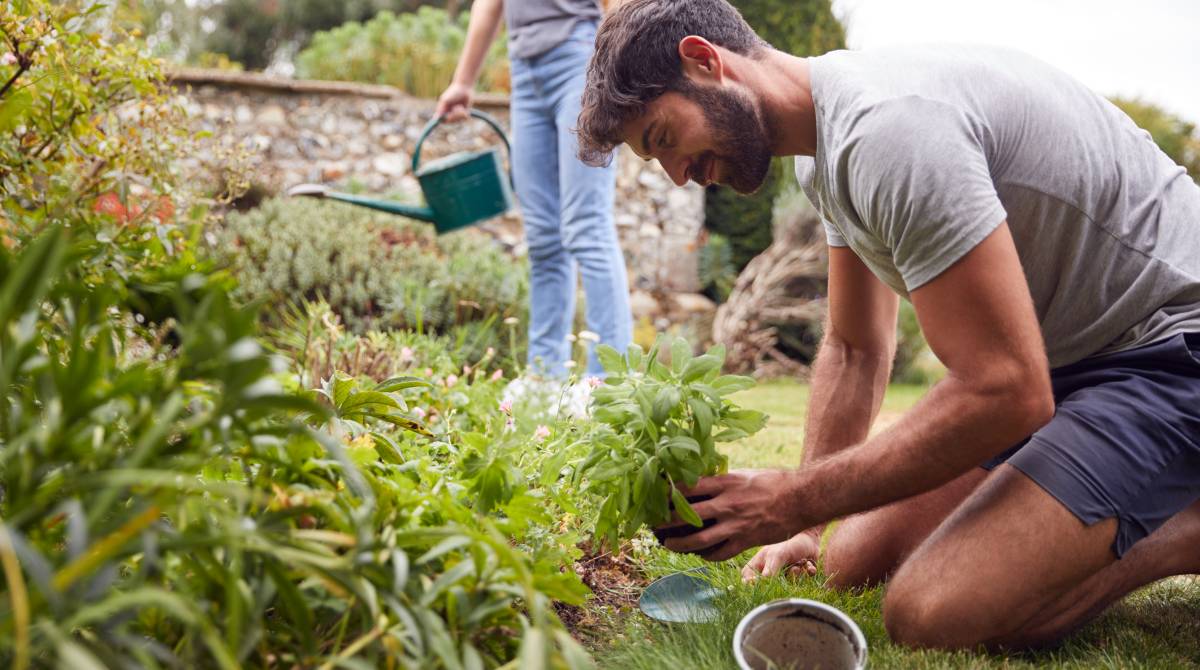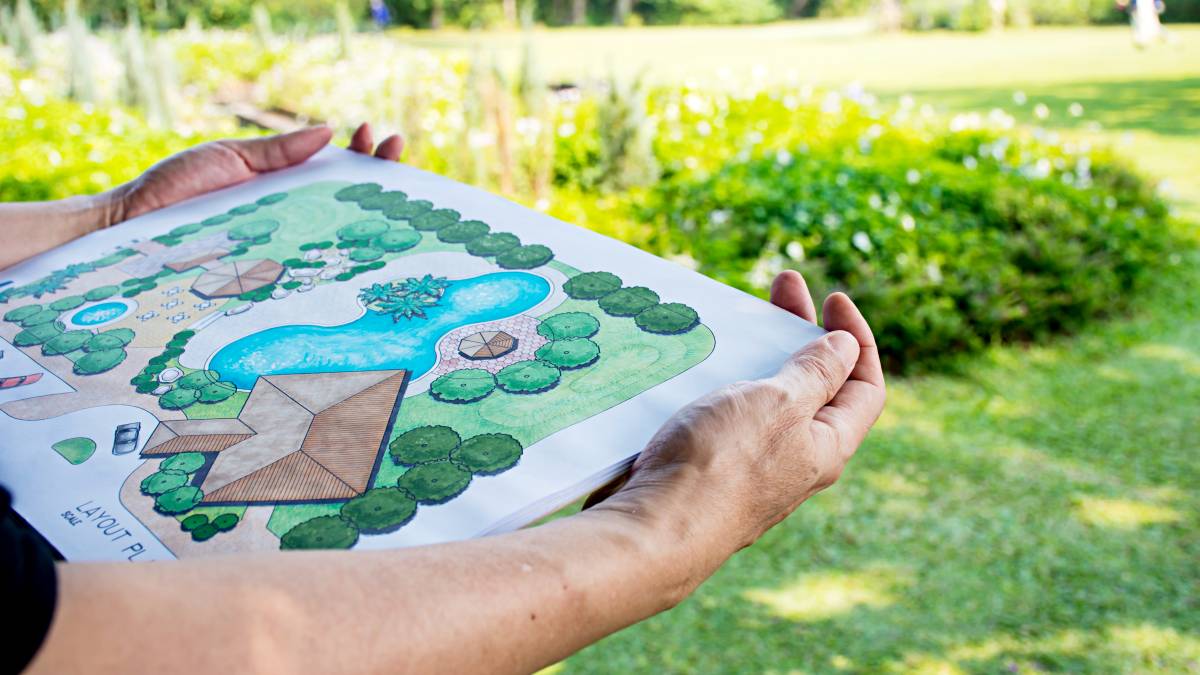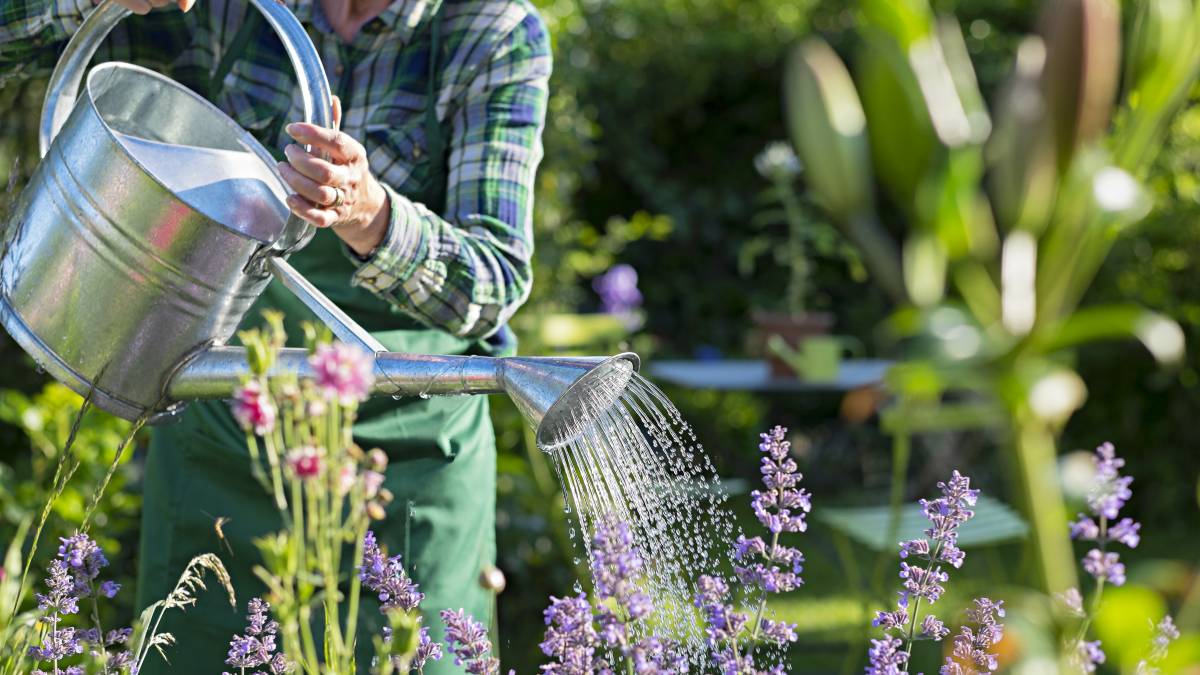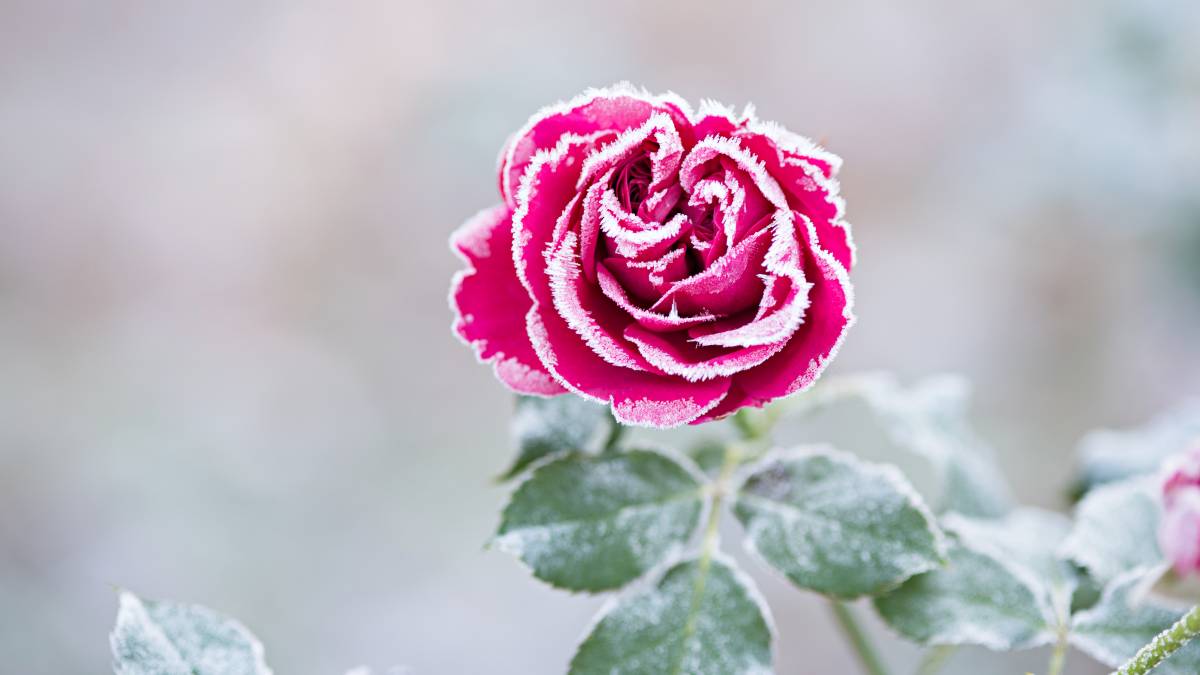
How to protect plants from frost and other natural elements
Helping your plants survive cold and wet winter nights
Last Updated on
Winter is one of the most challenging times for keeping your garden healthy. Typical plants and shrubs usually harden or seem lifeless during this season. Ensuring frost protection for plants is vital, but it differs based on what’s in your garden. This guide will provide some general tips on helping your plants survive cold and wet winter nights.
How to protect plants during winter
There are different levels of winter protection for plants, depending on their unique characteristics. For example, some plants will easily survive winter with little maintenance, while others require much TLC. The best winter plants in the US include:
- Pansies and violas
- Snowdrops
- Daffodils
- Hellebores
- Black Tulips
- Winterberry
- Winter Jasmine
- Pieris
With that in mind, here’s how to protect your garden from varying natural elements.
Step 1: Keep your plants away from the wind and rain
 Wind and rain are the most significant issues in winter and can wreak havoc on specific plants. The primary problem is over-saturation from heavy rain, which causes root rot and soil erosion. In addition, strong winds can cause cold damage and dehydration, uprooting plants and knocking over pots.
Wind and rain are the most significant issues in winter and can wreak havoc on specific plants. The primary problem is over-saturation from heavy rain, which causes root rot and soil erosion. In addition, strong winds can cause cold damage and dehydration, uprooting plants and knocking over pots.
If you have any Mediterranean herbs in your garden, try to provide shelter for them, as they hate excess moisture. If you have a greenhouse, great! Otherwise, bring them inside, where they will keep growing over winter. Garden rooms are another excellent option for keeping your plants safe from the elements.
It’s good to move your vulnerable plants to a spot beneath an awning, protecting them from possible hail damage. However, moving plants isn’t always practical on rainy days. You can combat waterlogging by raising pots off the ground.
Also, perhaps it’s time to check your gutters for dirt or leaf buildup. Clean gutters significantly contribute to the efficiency of your garden’s drainage system, directing runoff or excess water away from your plants.
Step 2: Shield your plants from the frost and snow
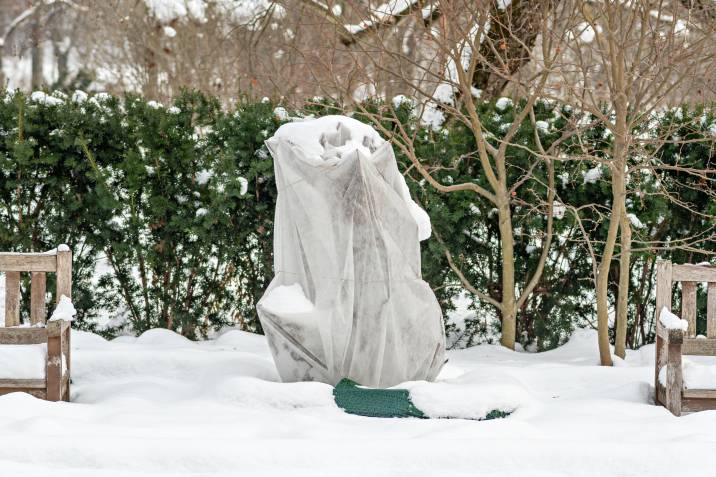 In specific regions, snow can be a big problem for gardens! It’s important to note that some plants are root-not-shoot hardy. This means they wither to the ground at first frost, but the roots will survive and create new shoots next year. Examples of these tenacious winter plants are dahlias and gladioli.
In specific regions, snow can be a big problem for gardens! It’s important to note that some plants are root-not-shoot hardy. This means they wither to the ground at first frost, but the roots will survive and create new shoots next year. Examples of these tenacious winter plants are dahlias and gladioli.
Any pot plants that go dormant, like begonias or tender fuchsias, can still thrive in a dark shed during winter. Pot plants that are still green will need light, so you can store them in a greenhouse or put them on a windowsill inside your house.
Here are additional tips on how to protect plants from frost and snow:
Add mulch
Tender plants love mulch over their roots because it provides another layer of warmth. You can use garden compost, leaf mold, or wood chippings, all of which offer soil nutrients while helping to retain water.
Use a frost cover for plants
Find a dedicated frost cloth or horticultural fleece to put over your plants and pots temporarily. Like us, plants will benefit from a “jacket” in winter!
Step 3: Provide food and shelter for pollinators
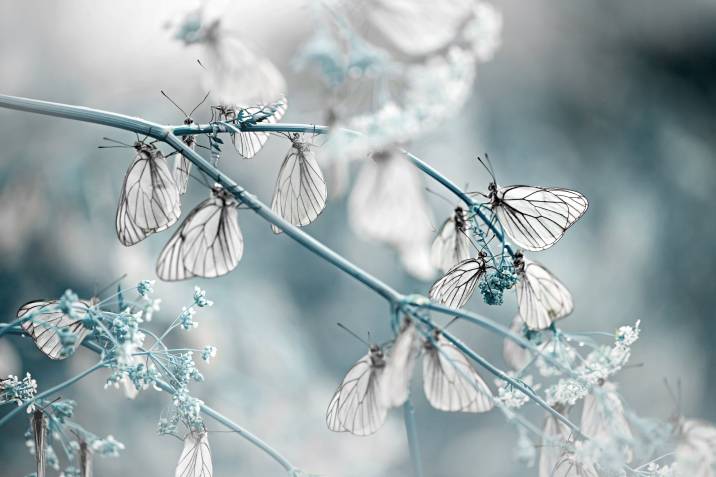 Remember that your garden isn’t just yours. Pollinators, including bees, butterflies, and some birds, enjoy it and might even call it home! For this reason, help these tiny housemates during winter by providing them with some food or shelter.
Remember that your garden isn’t just yours. Pollinators, including bees, butterflies, and some birds, enjoy it and might even call it home! For this reason, help these tiny housemates during winter by providing them with some food or shelter.
Consider leaving flowers, seed heads, fallen fruit, and other dead growth in your yard. Another solution is to grow ivy on your property. It looks great in gardens and provides a nectar source for late-flying insects and birds throughout the winter.
Prepping your garden for winter
Frost protection is the main priority when preparing your garden for winter. But if you need to do other maintenance tasks before the cold sets in, connect with our garden Taskers! You can easily find help for yard work or junk cleanup and quickly complete your checklist of winter chores.
We also recommend checking out our Gardening Hub for various resources on making your garden look its best, regardless of the weather.
FAQs on frost protection for plants
You can buy specific horticultural covers or plant protectors in the winter or go DIY and use sheets of old newspaper and bed coverings.
You can use frost protection spray for plants. Check the first frost dates in your area to determine when the weather will start to change. This is the best time to cover or protect your plants from frost. You can find online resources for the USDA Hardiness Zone Method, which can help determine these dates.
The fastest way to protect valuable plants from frost is to cover them with a breathable cloth or sheet before the sun goes down.
In the US, light frost begins at -2 to -3°C, which can cause foliar damage to some plants. So start covering your plants when the temperature is around 0°C.
Find gardeners, fast
Find a gardener
Related articles

How to build garden steps
Read more
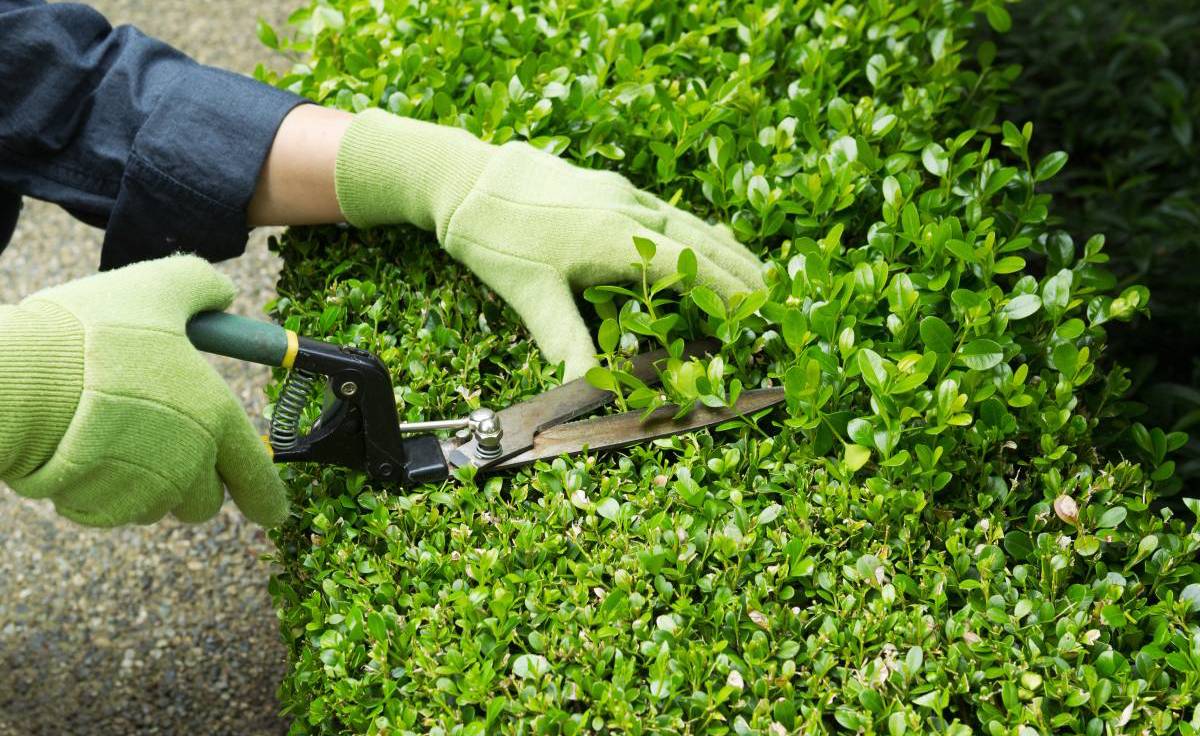
How to trim bushes the right way
Read more

25 ways to make money gardening
Read more

13 best spring gardening tips
Read more
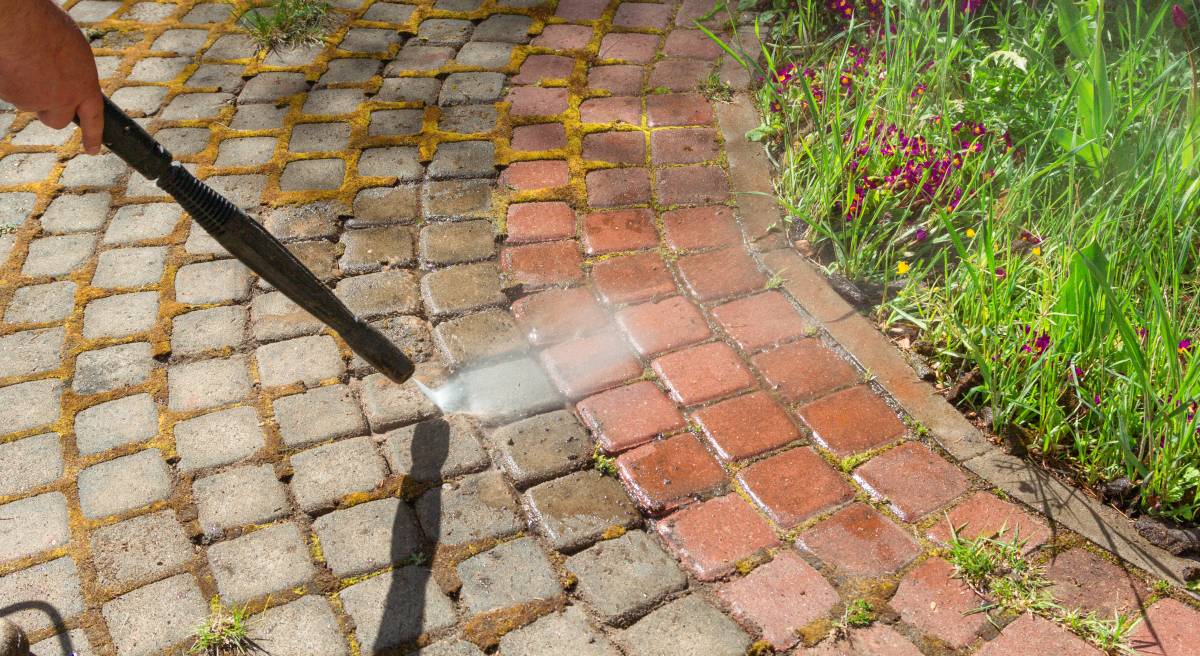
How to clean landscape rocks
Read more
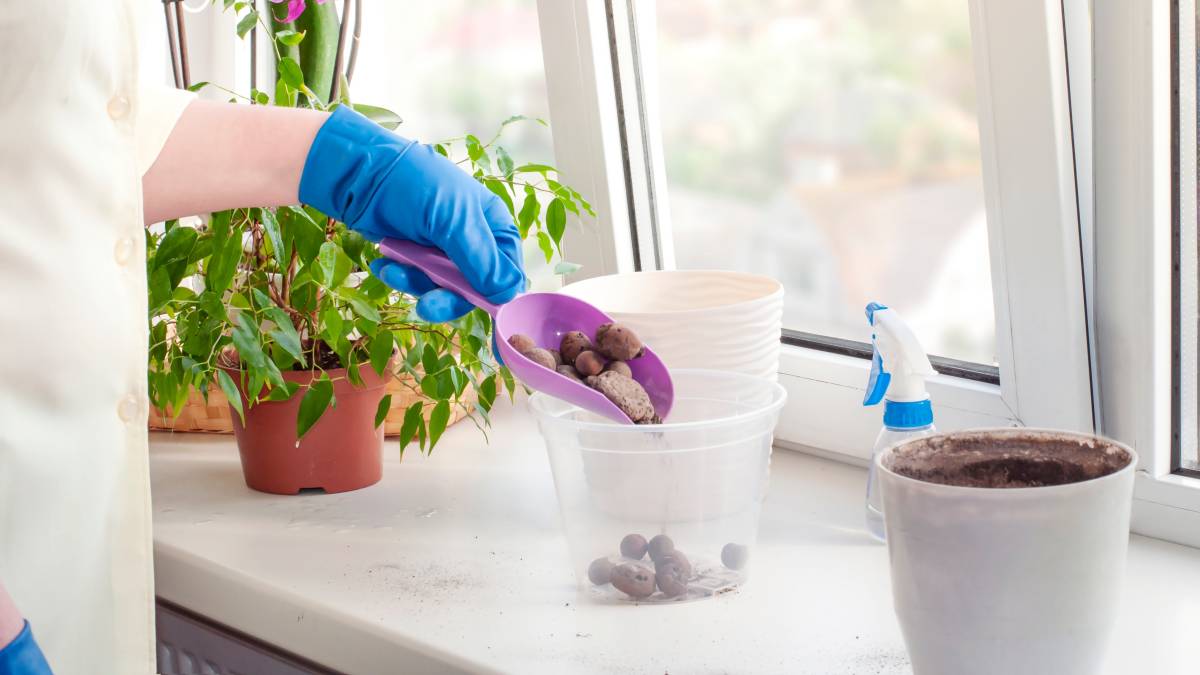
36 Quirky plant pot ideas you’ll love
Read more
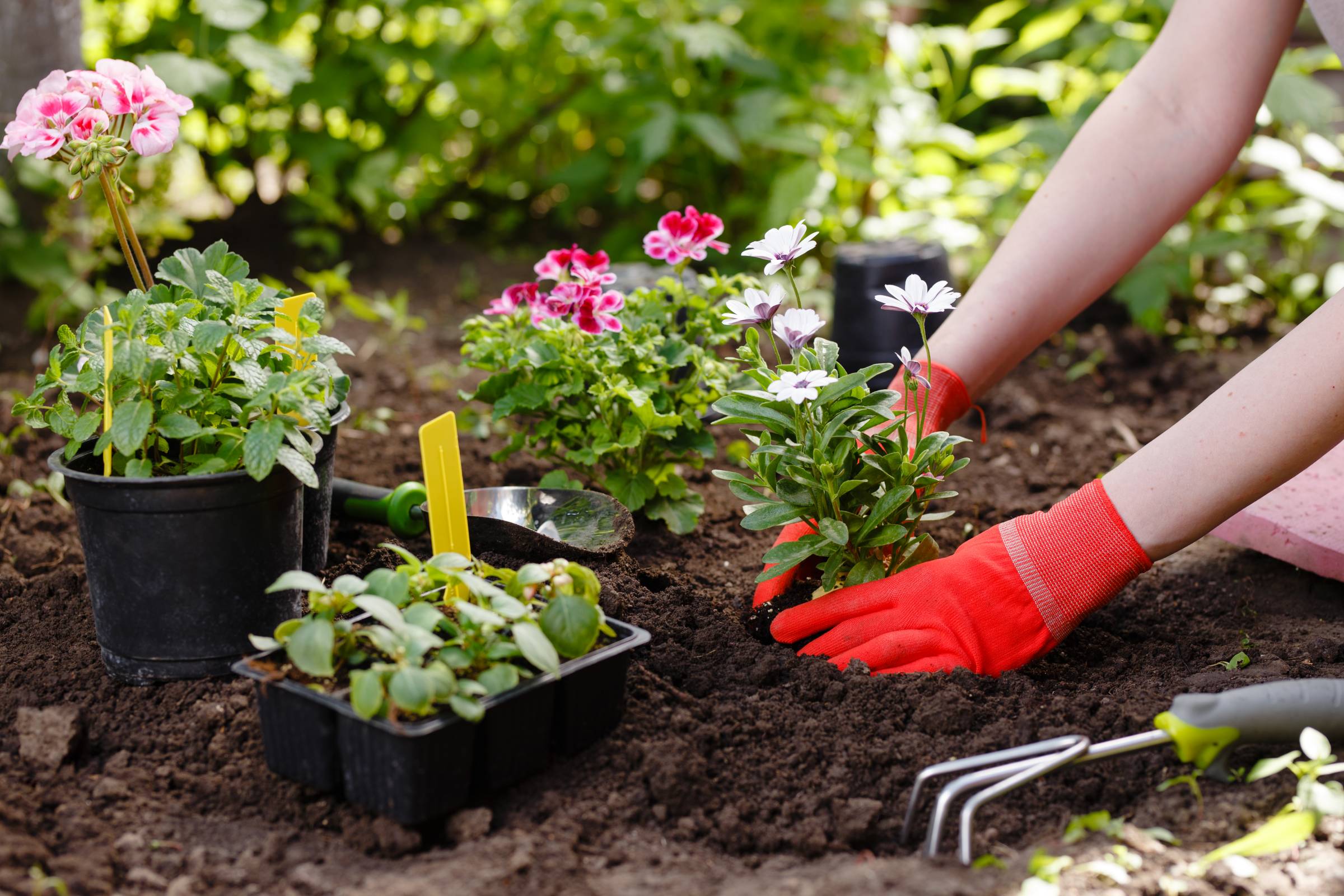
Your garden maintenance checklist
Read more

How to Start a Vegetable Garden
Read more
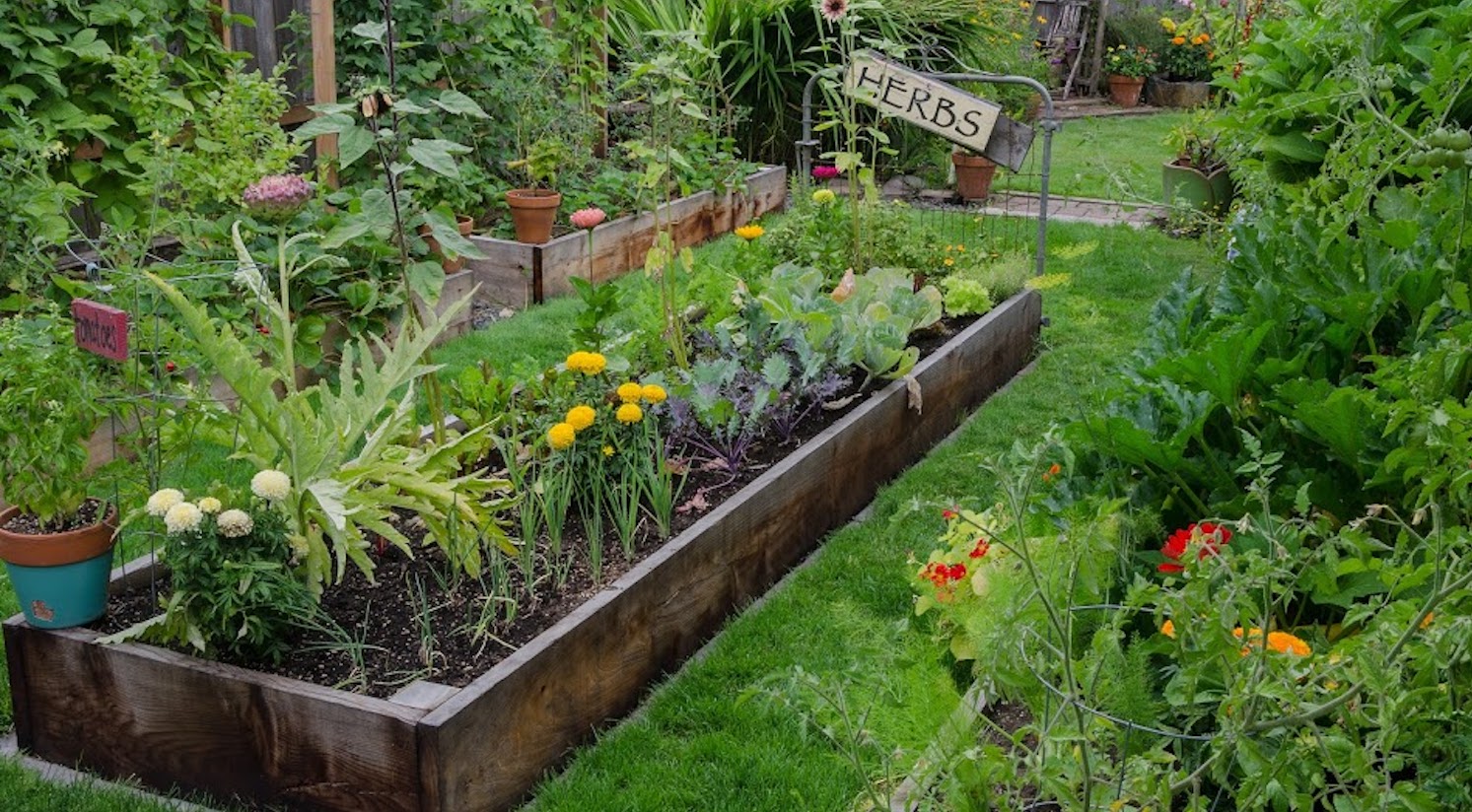
How to build a raised garden bed
Read more
Related price guides
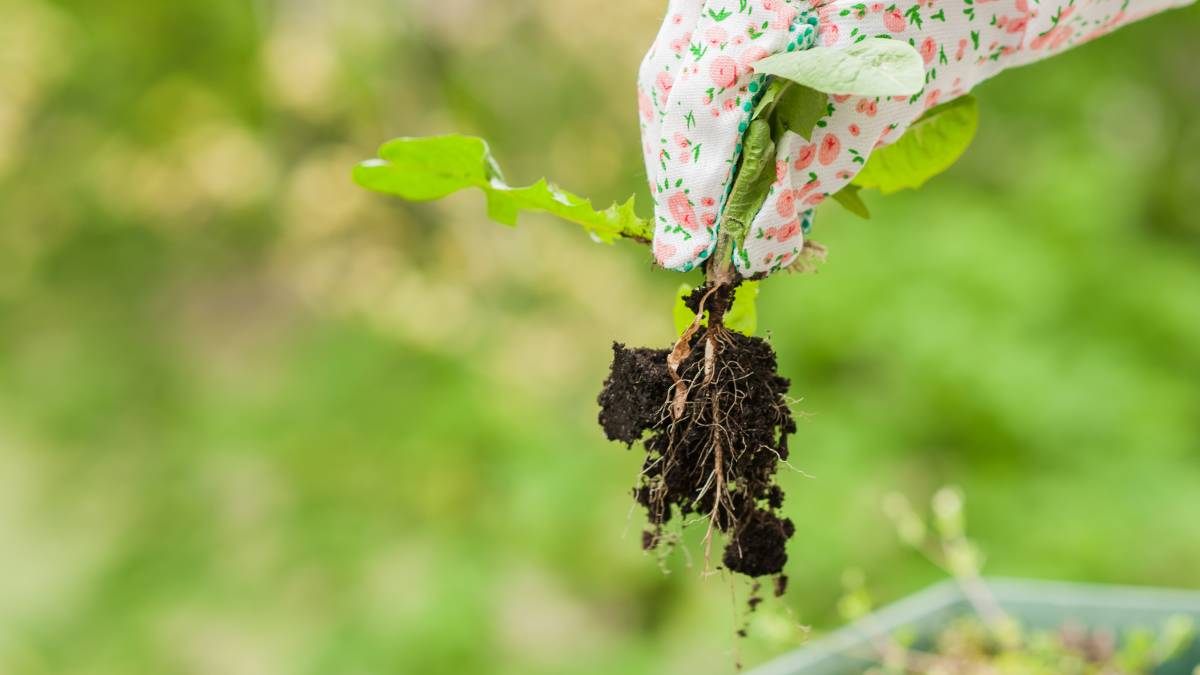
How much does weeding cost?
Read more
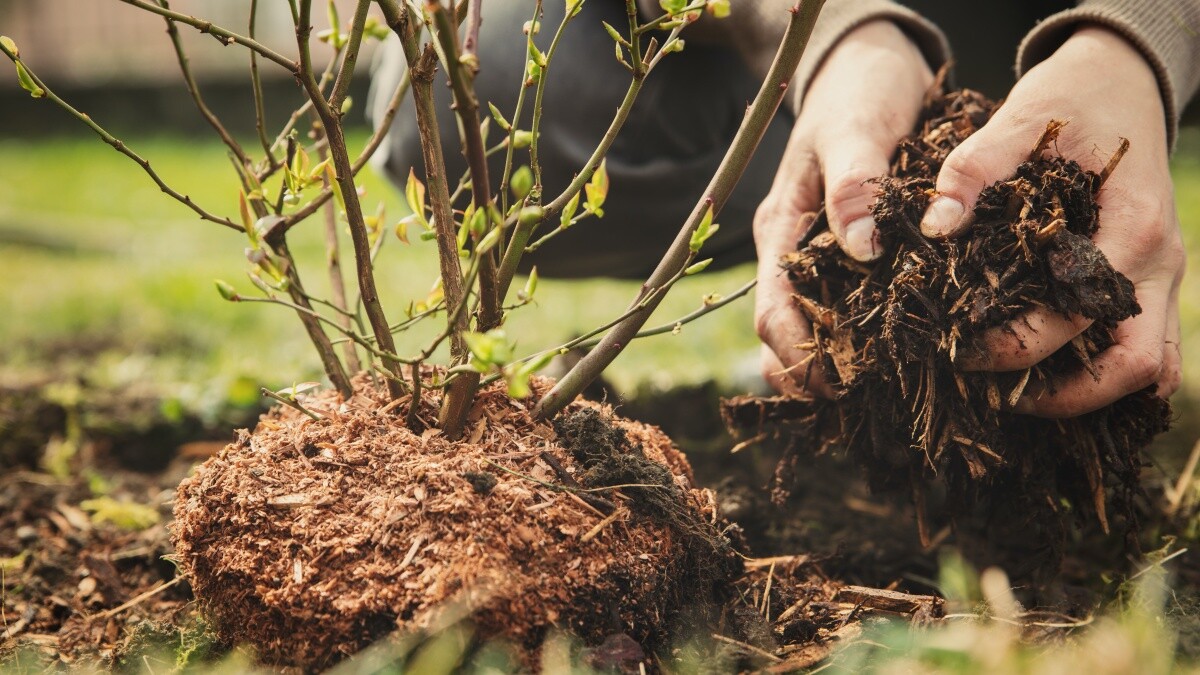
How much does mulch cost?
Read more
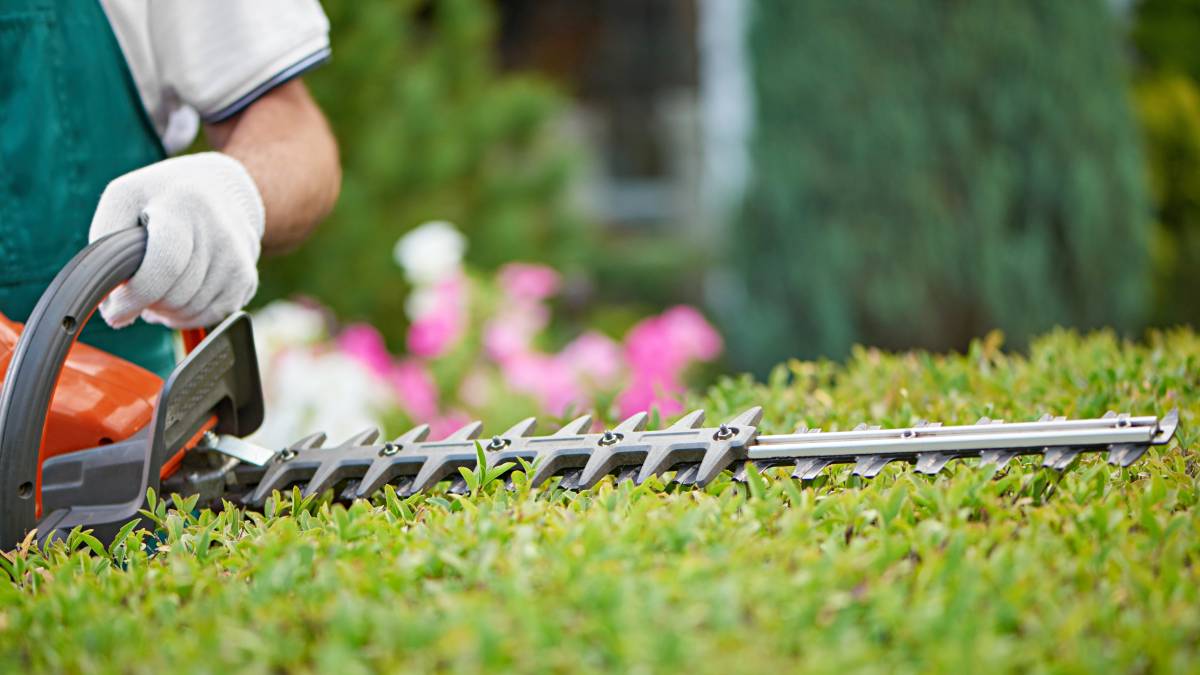
How much does hedge removal cost?
Read more

How much does a garden room cost?
Read more
